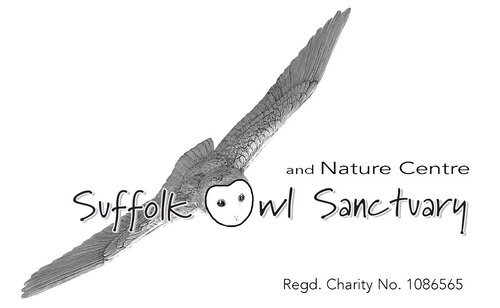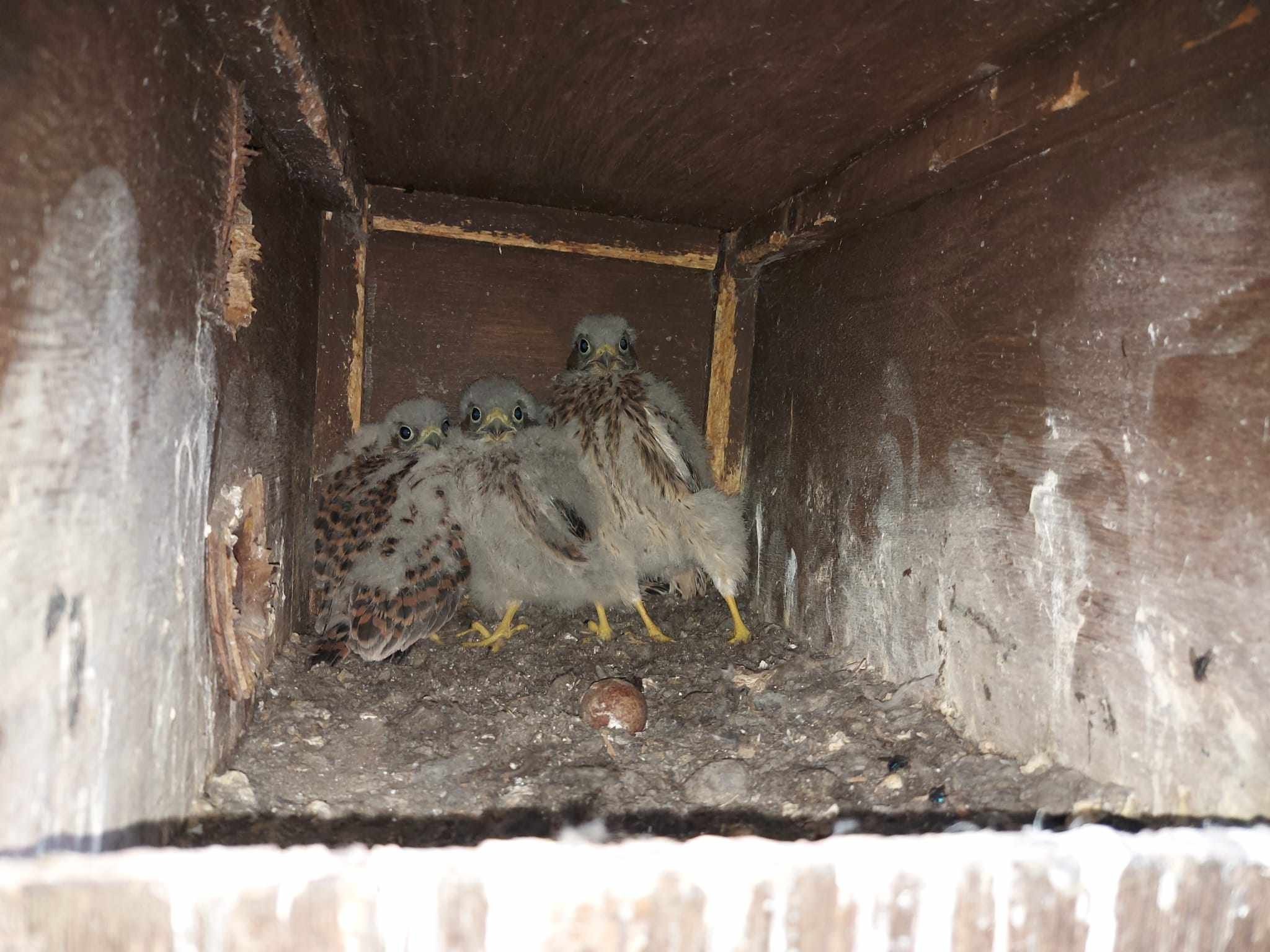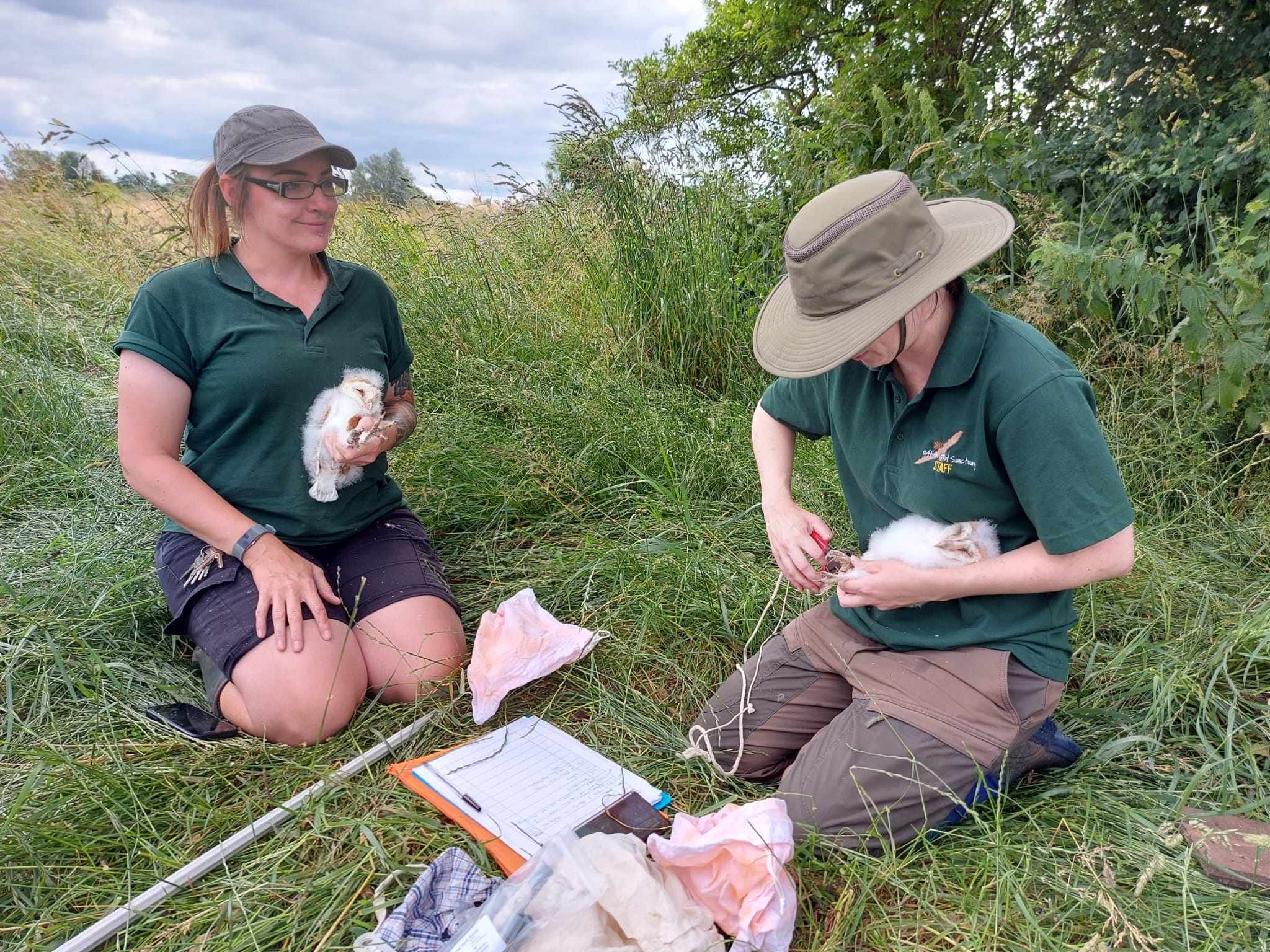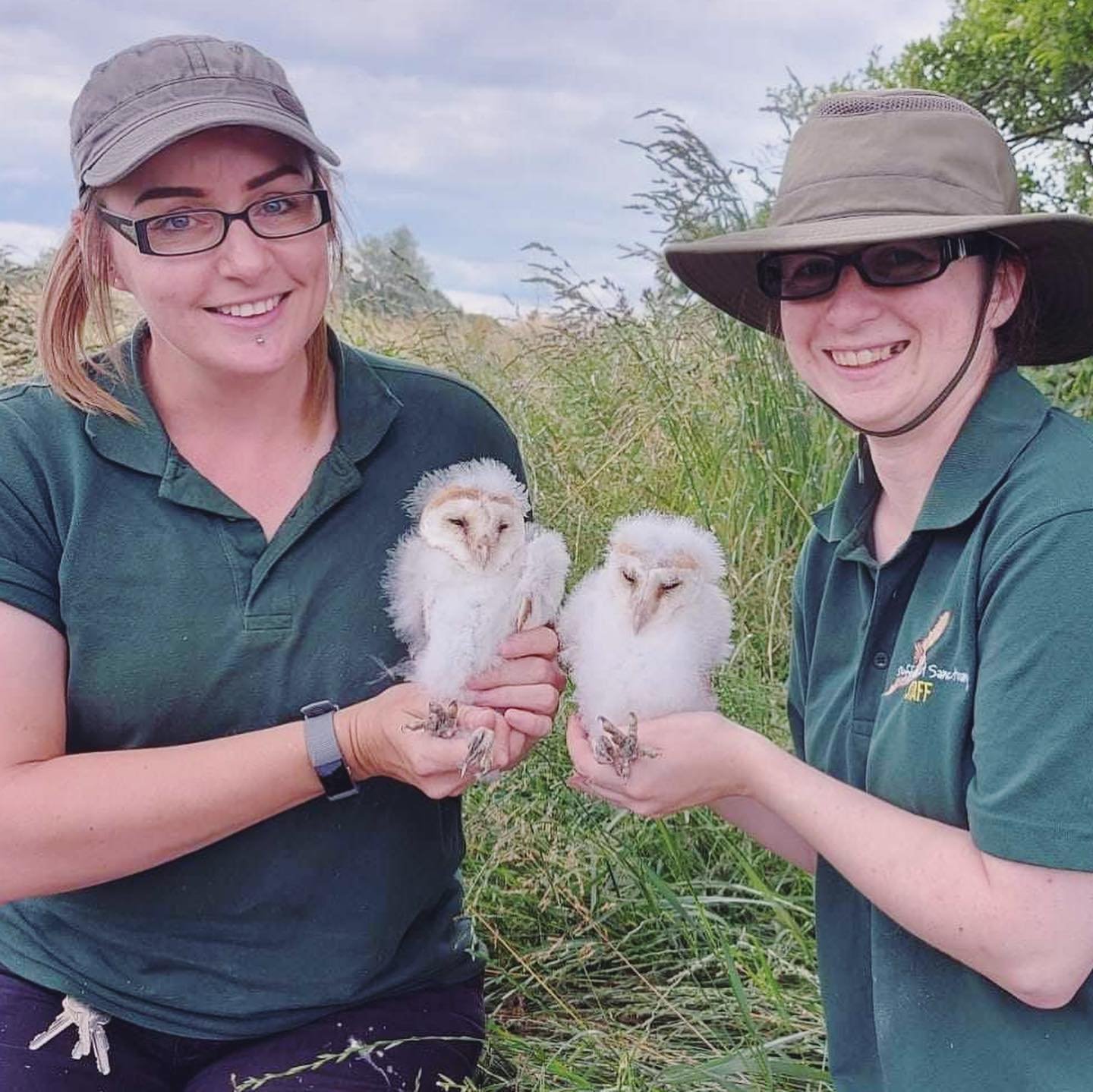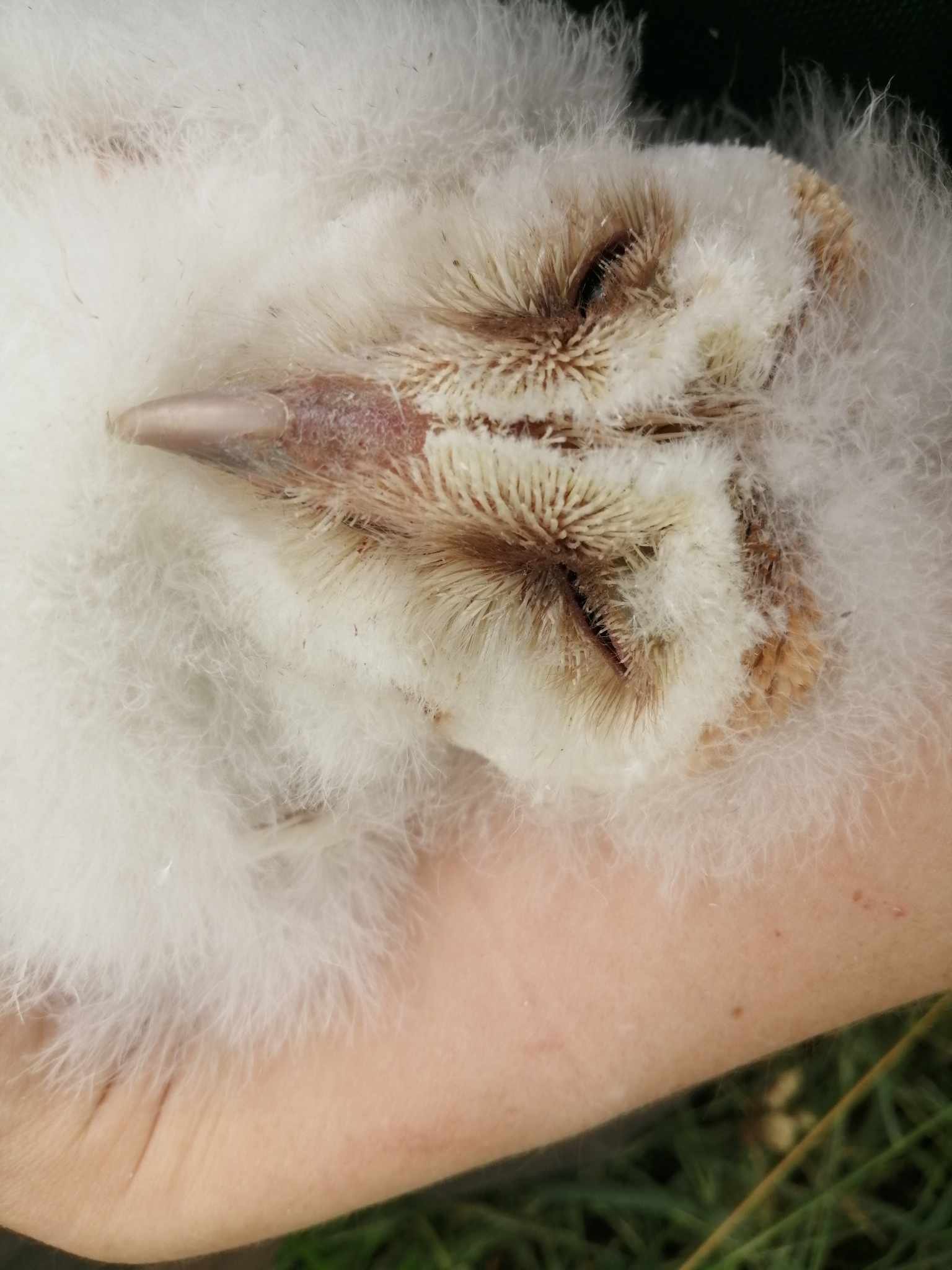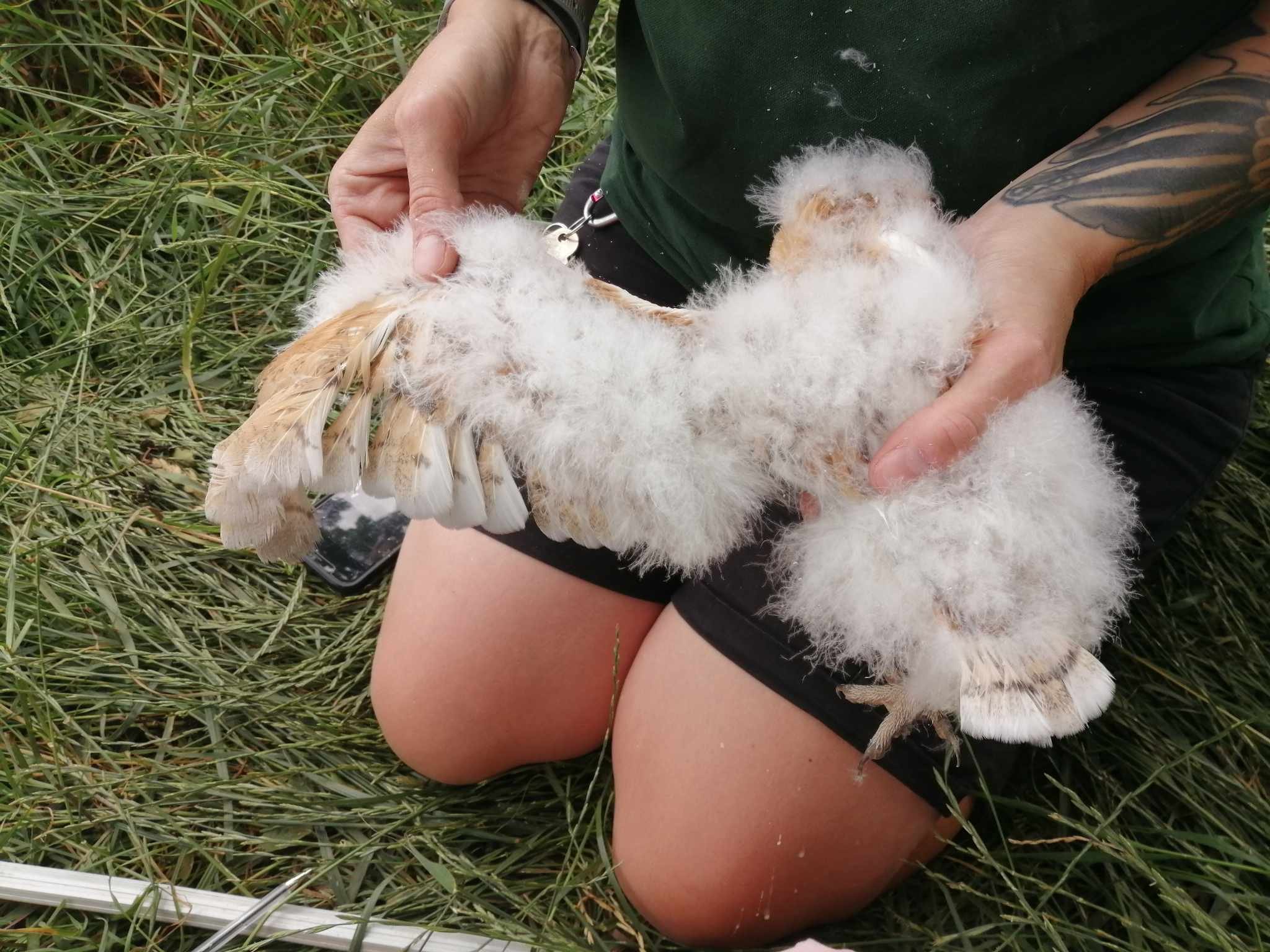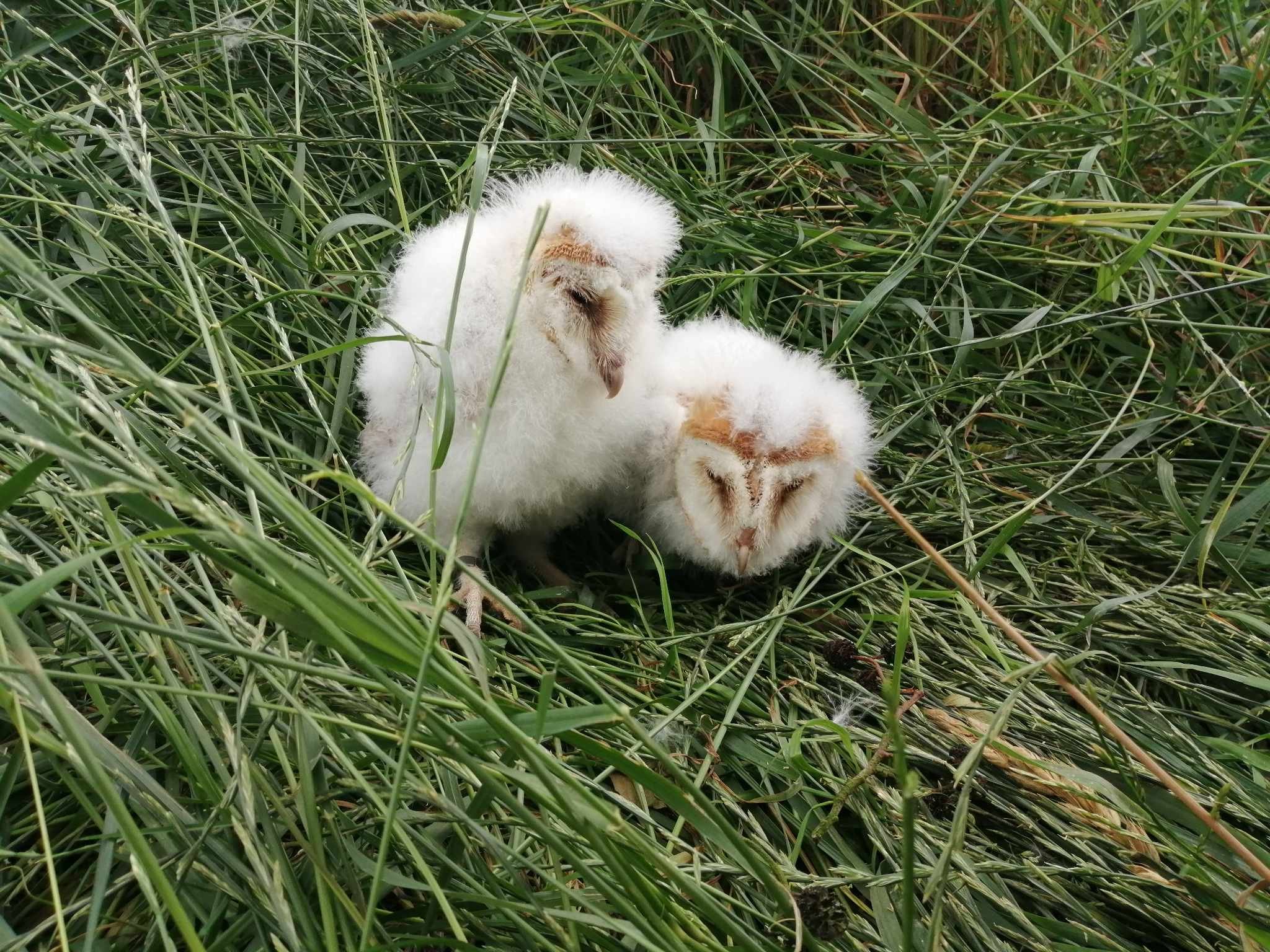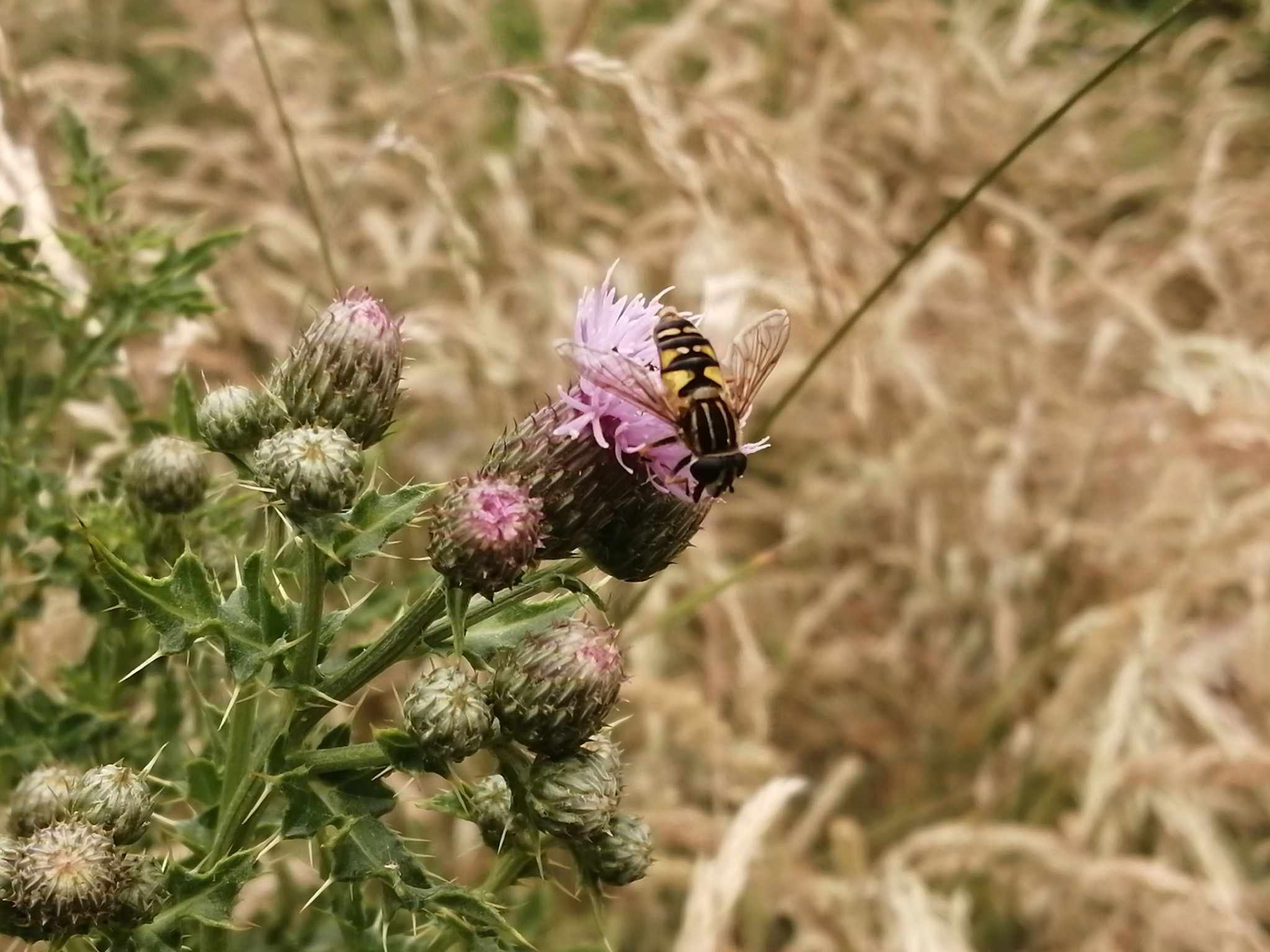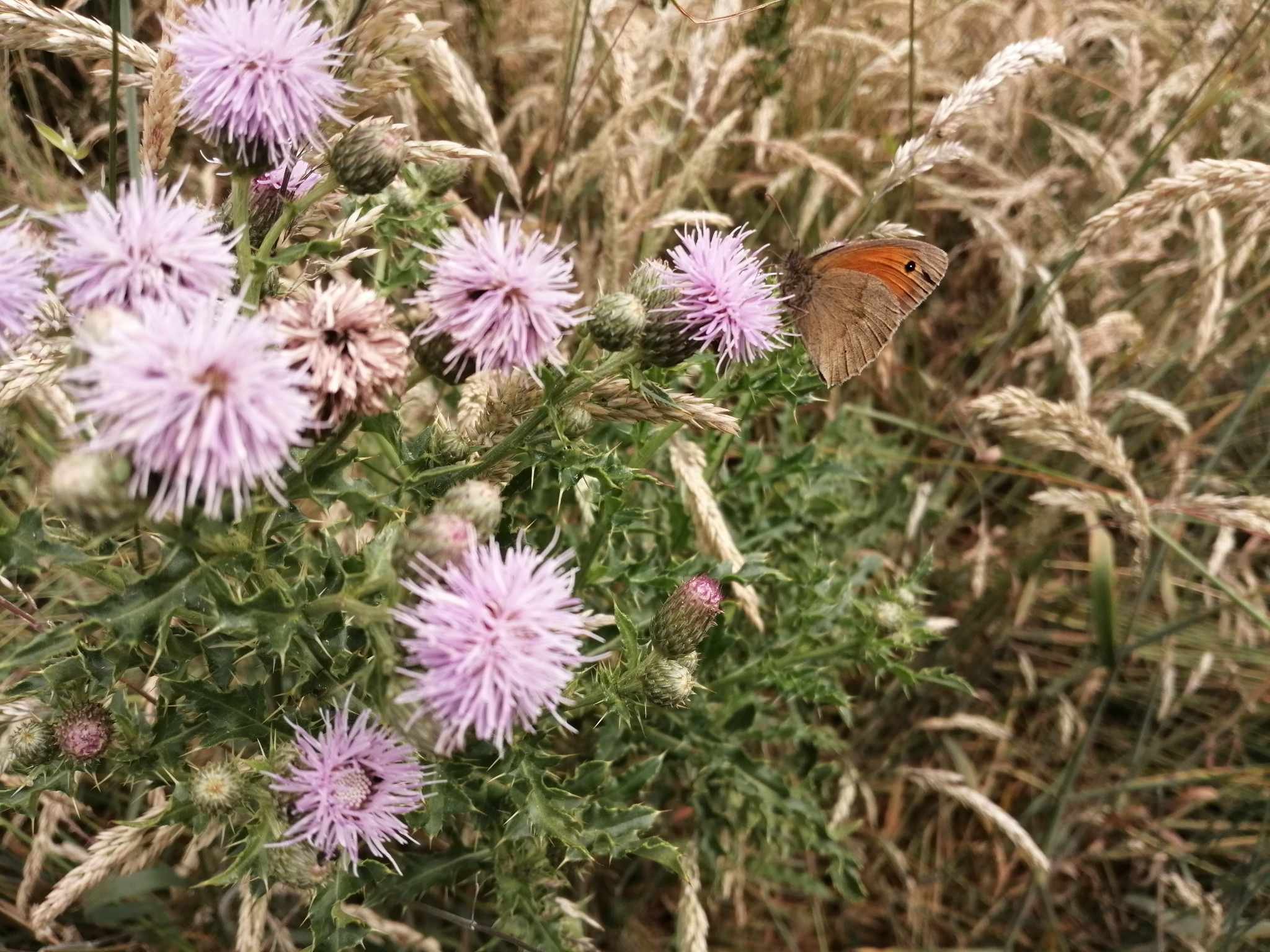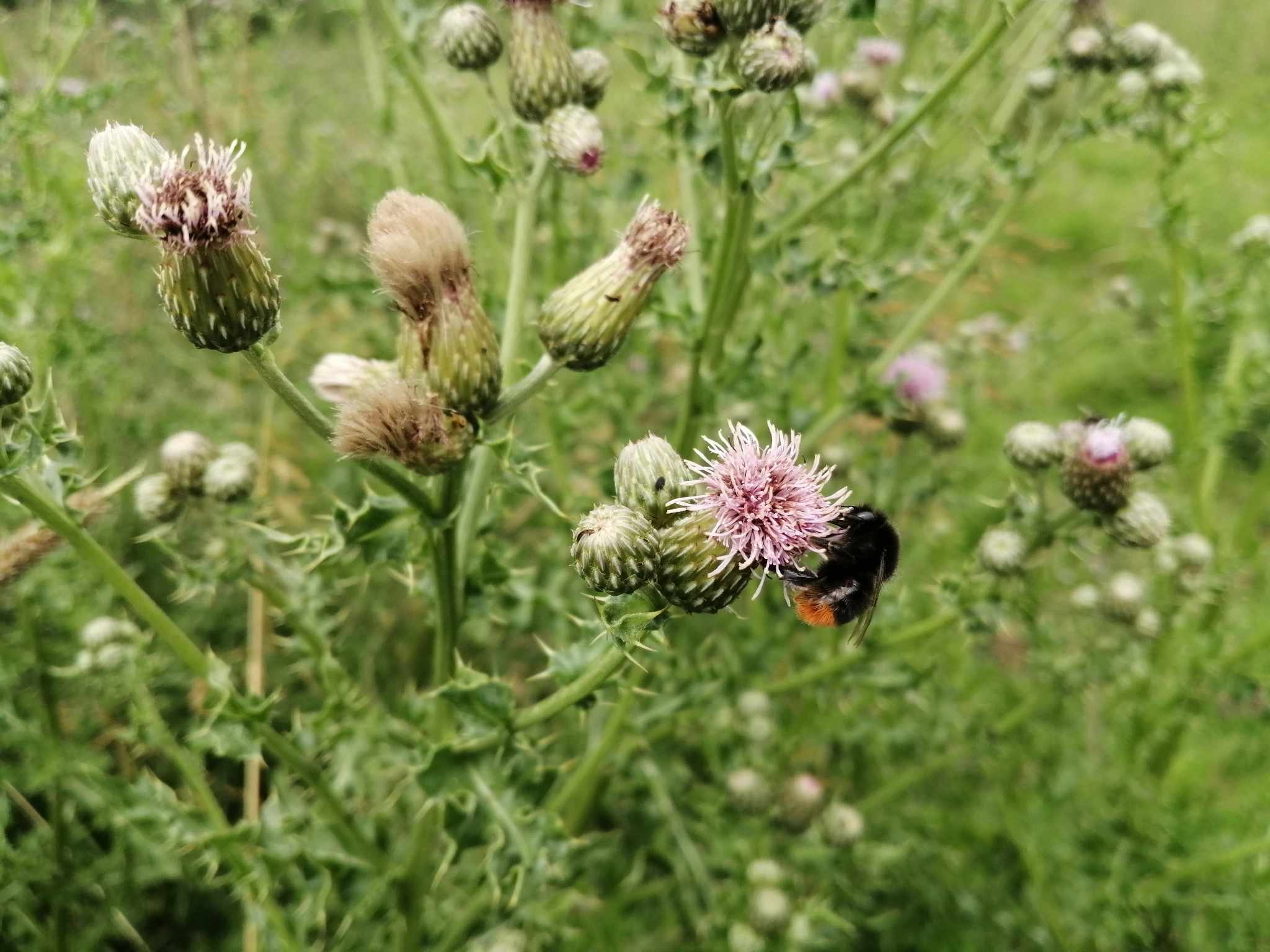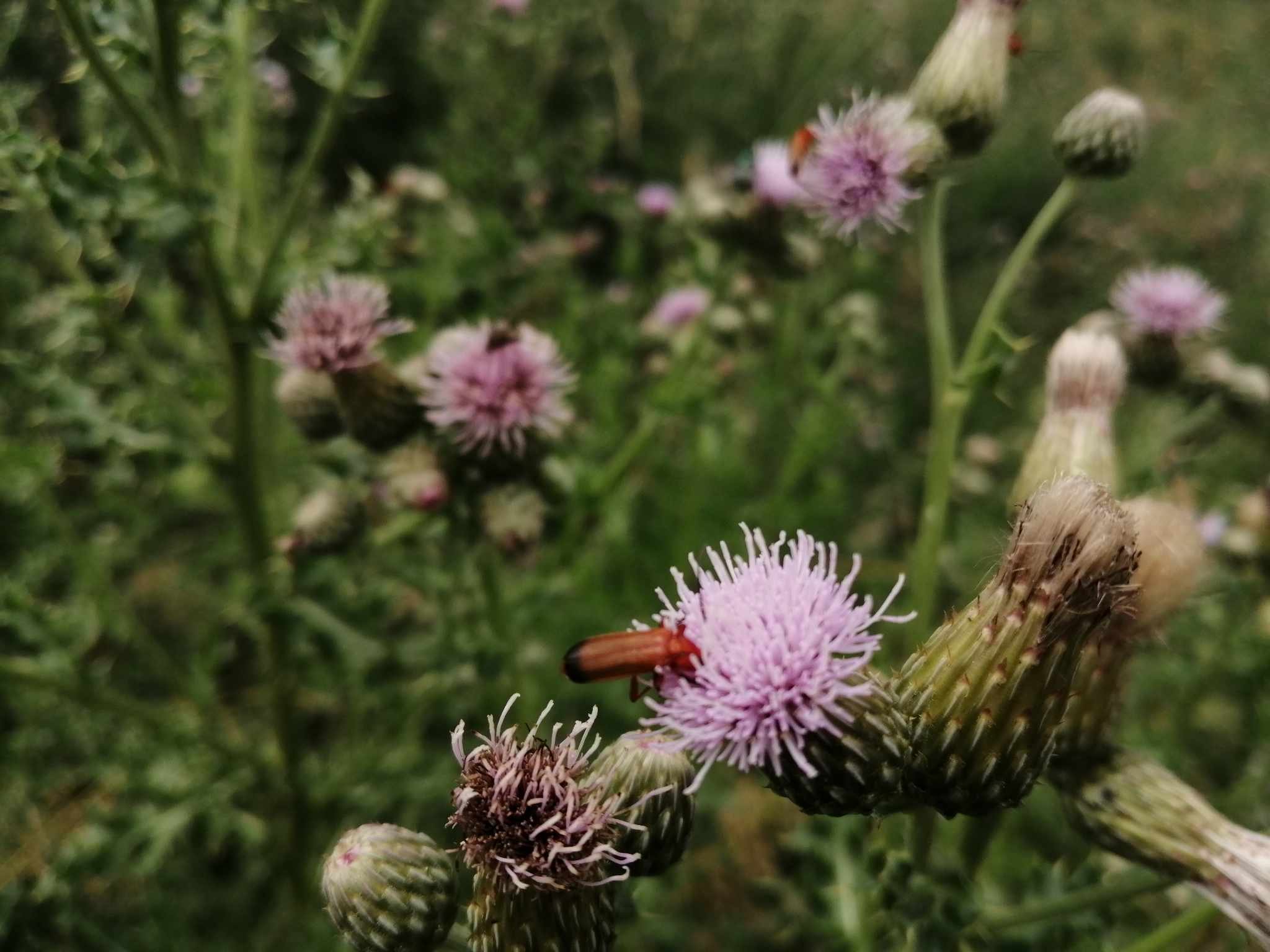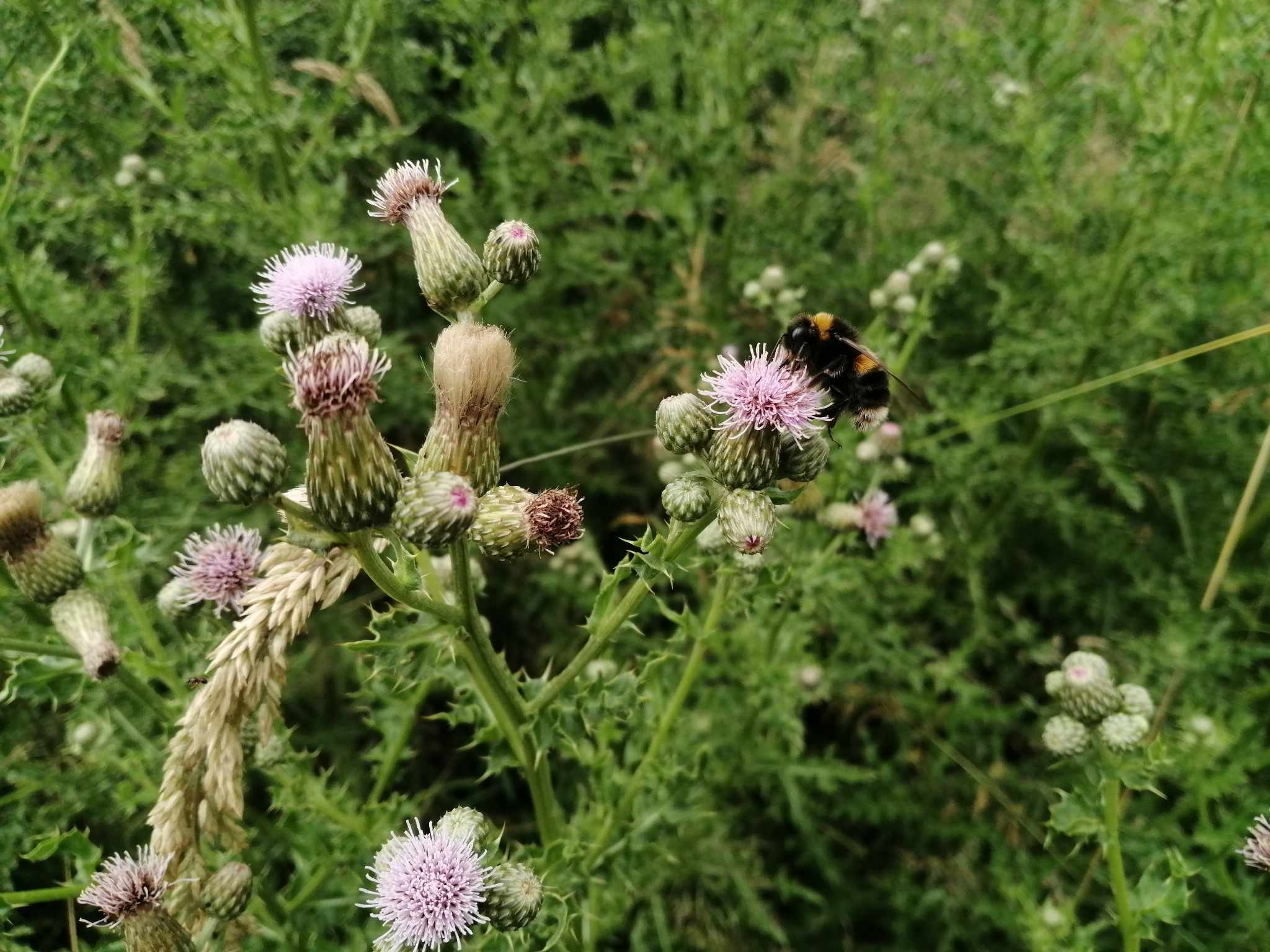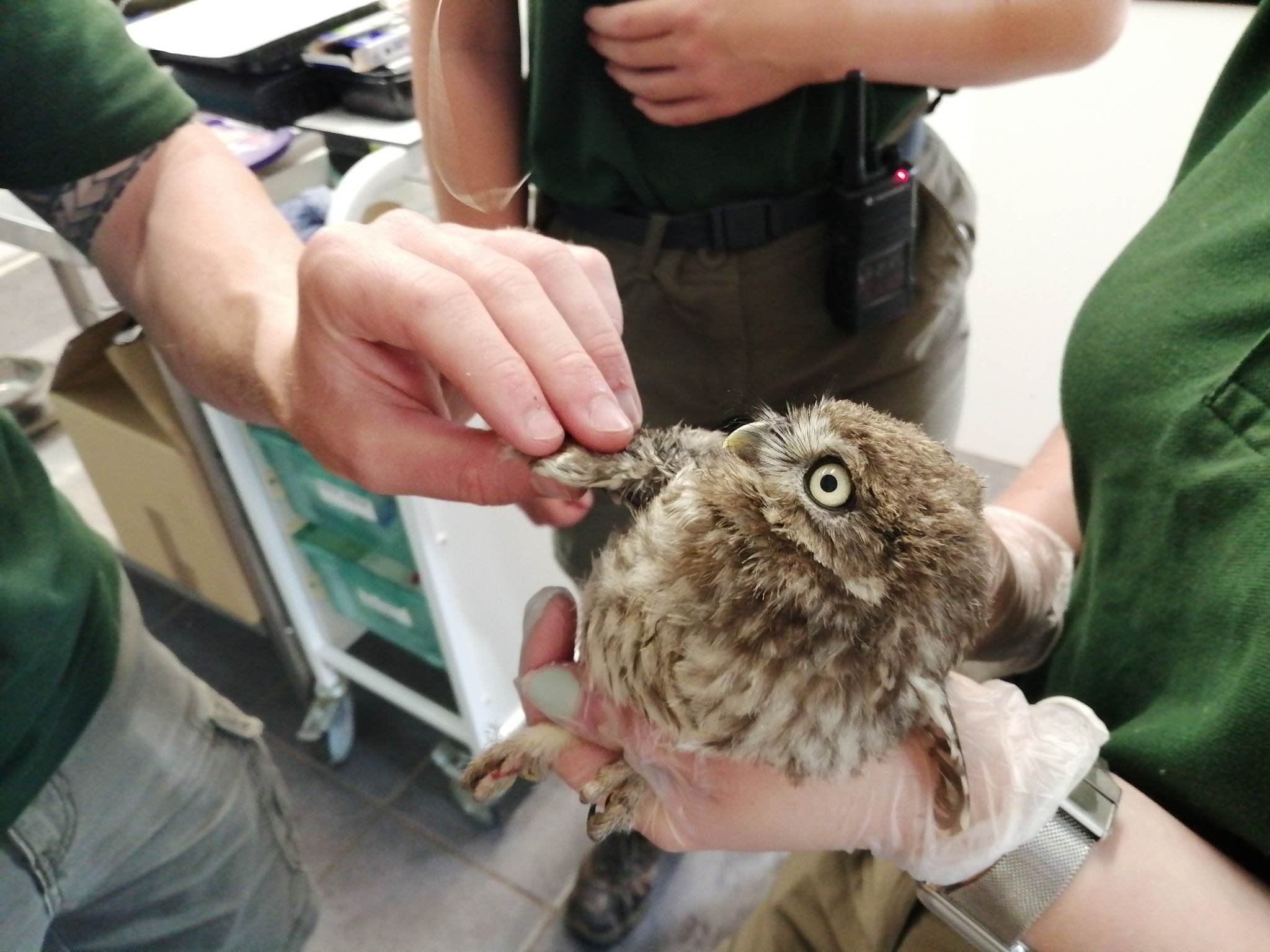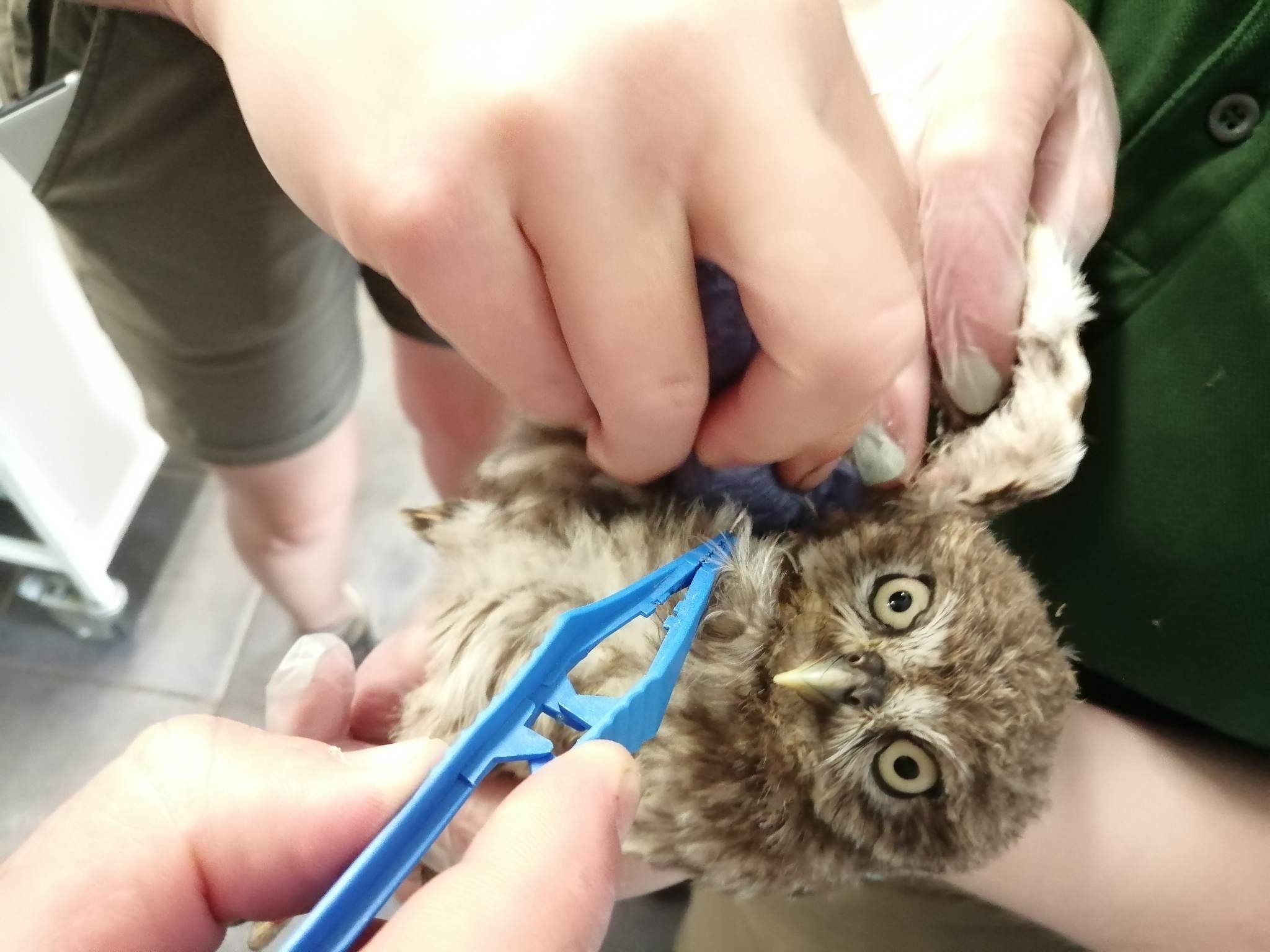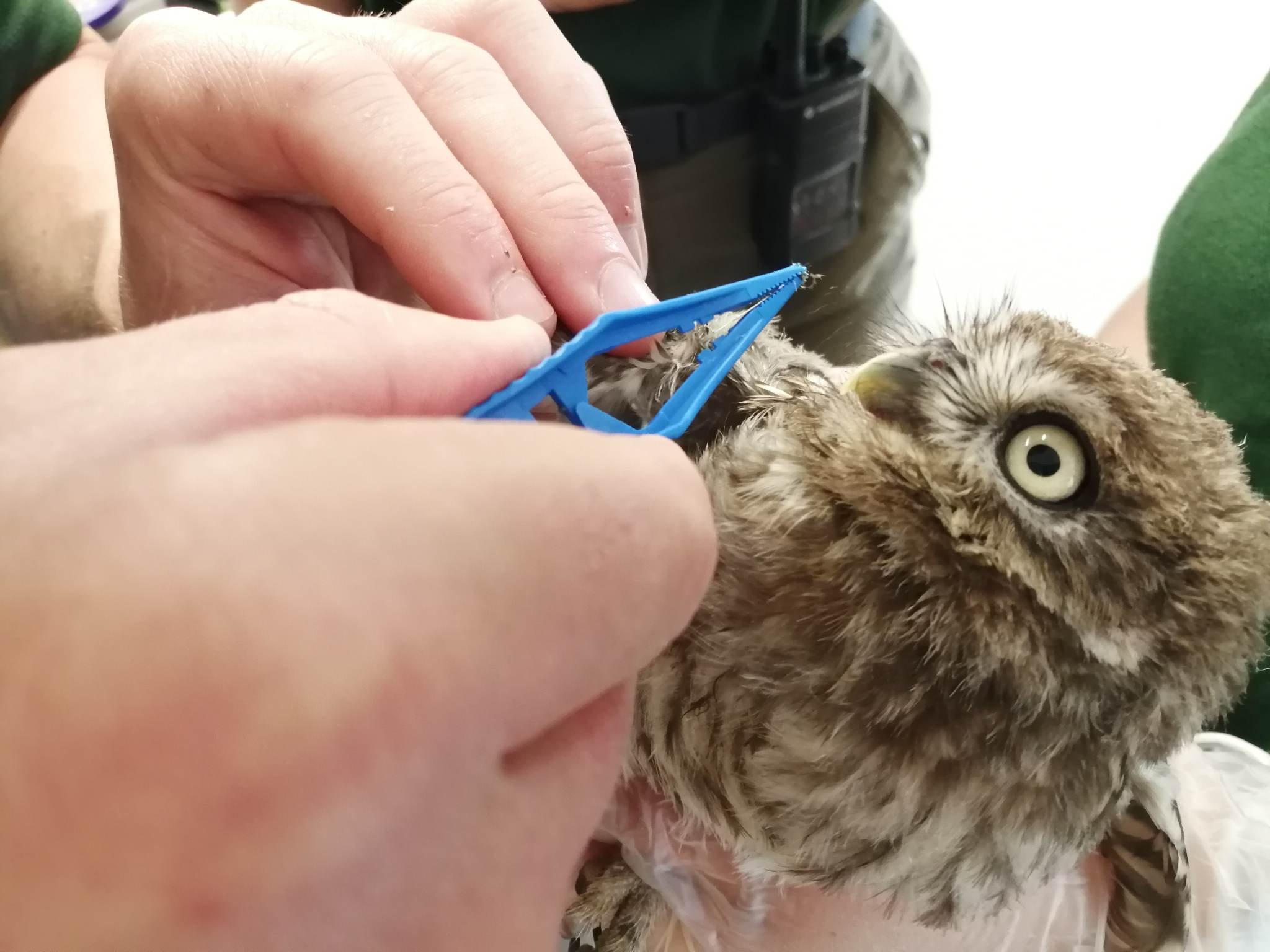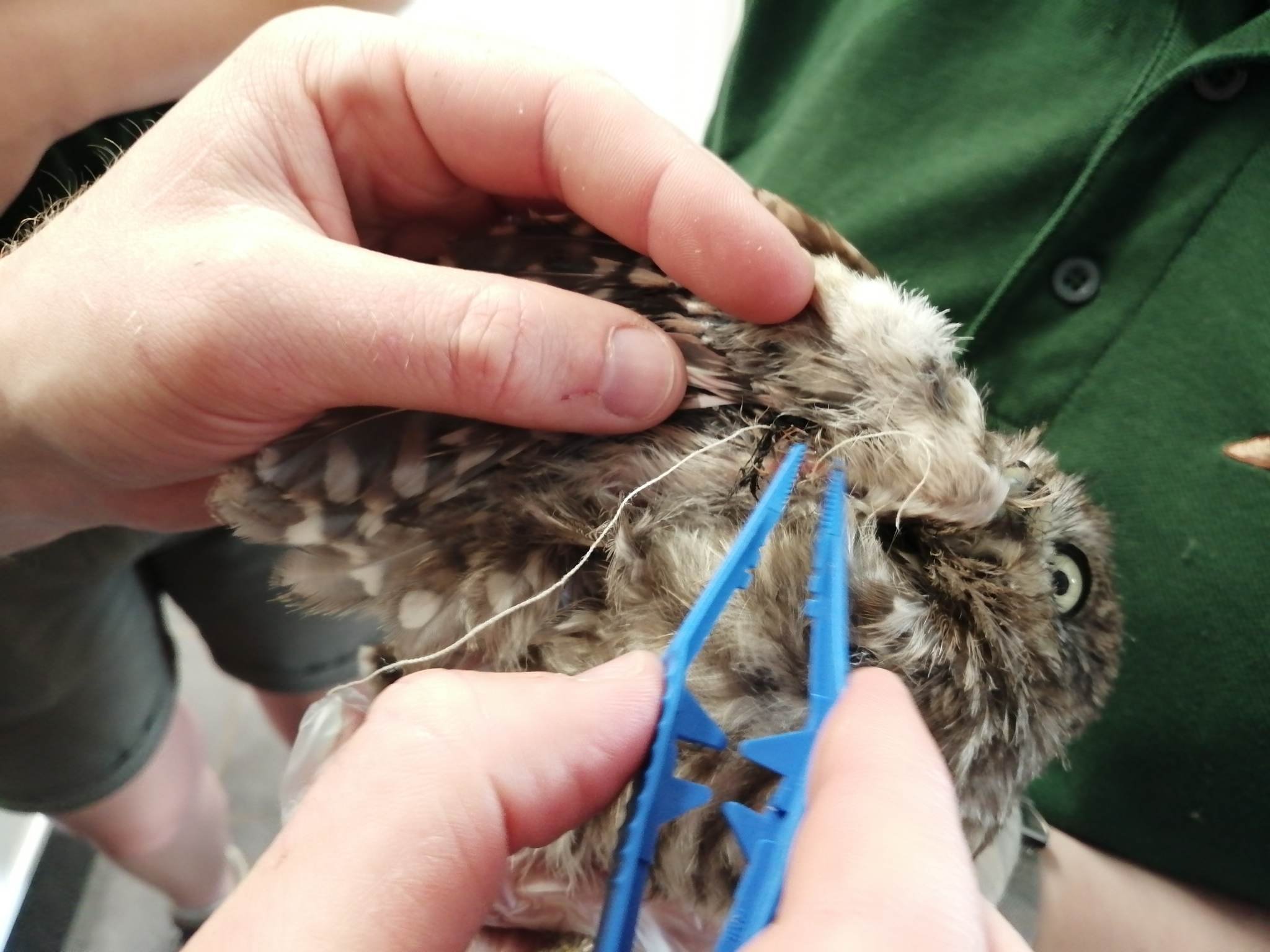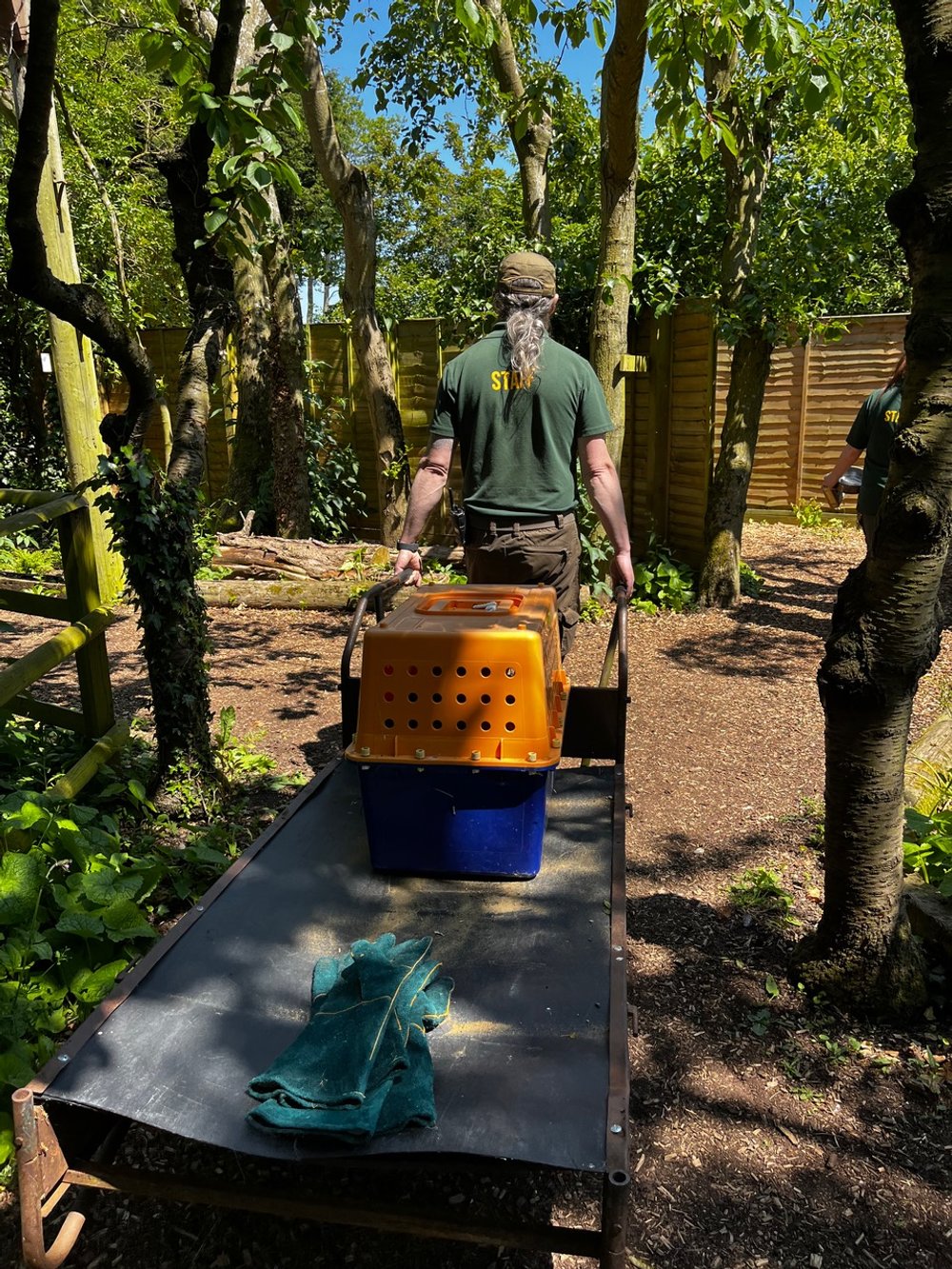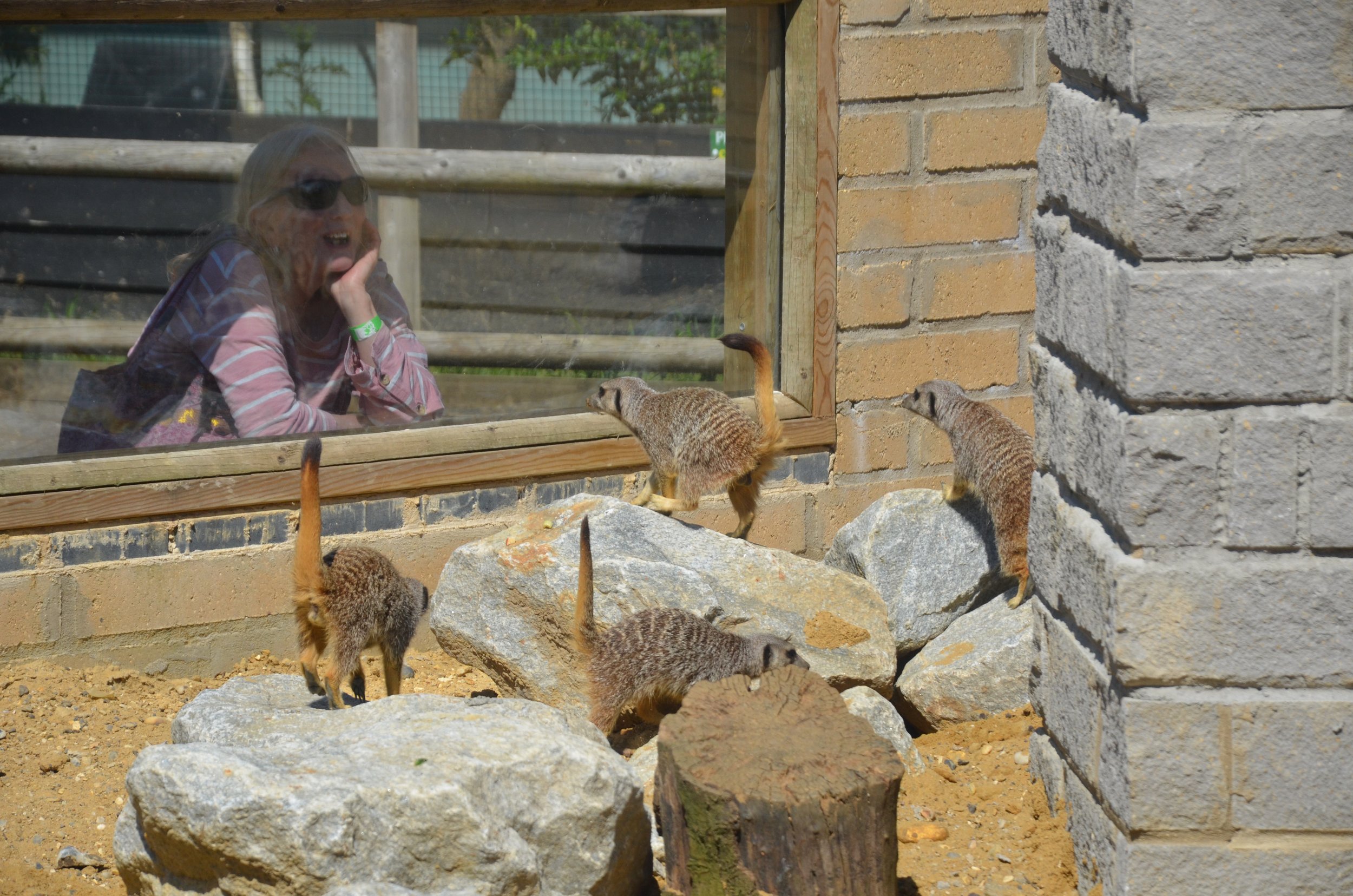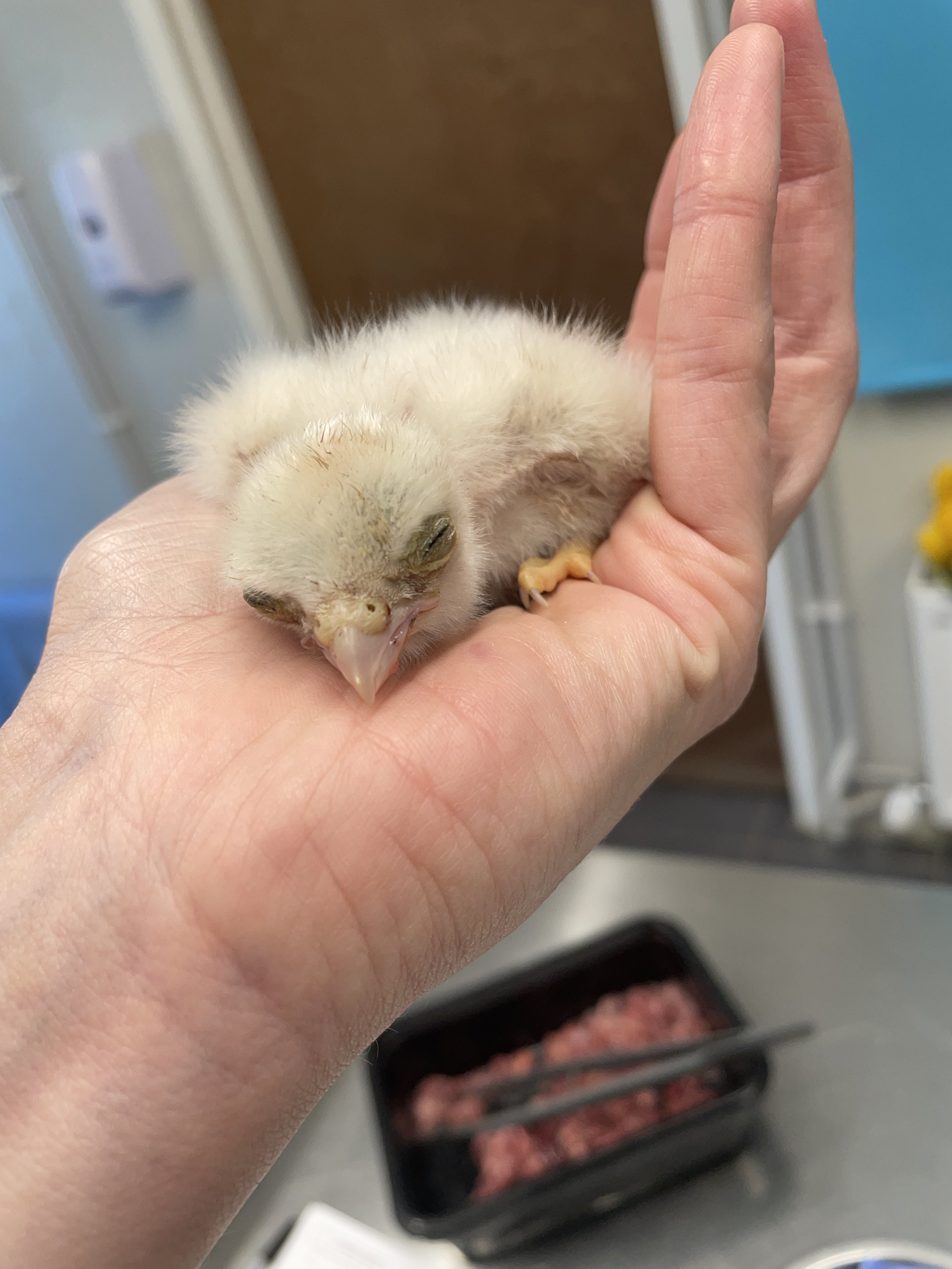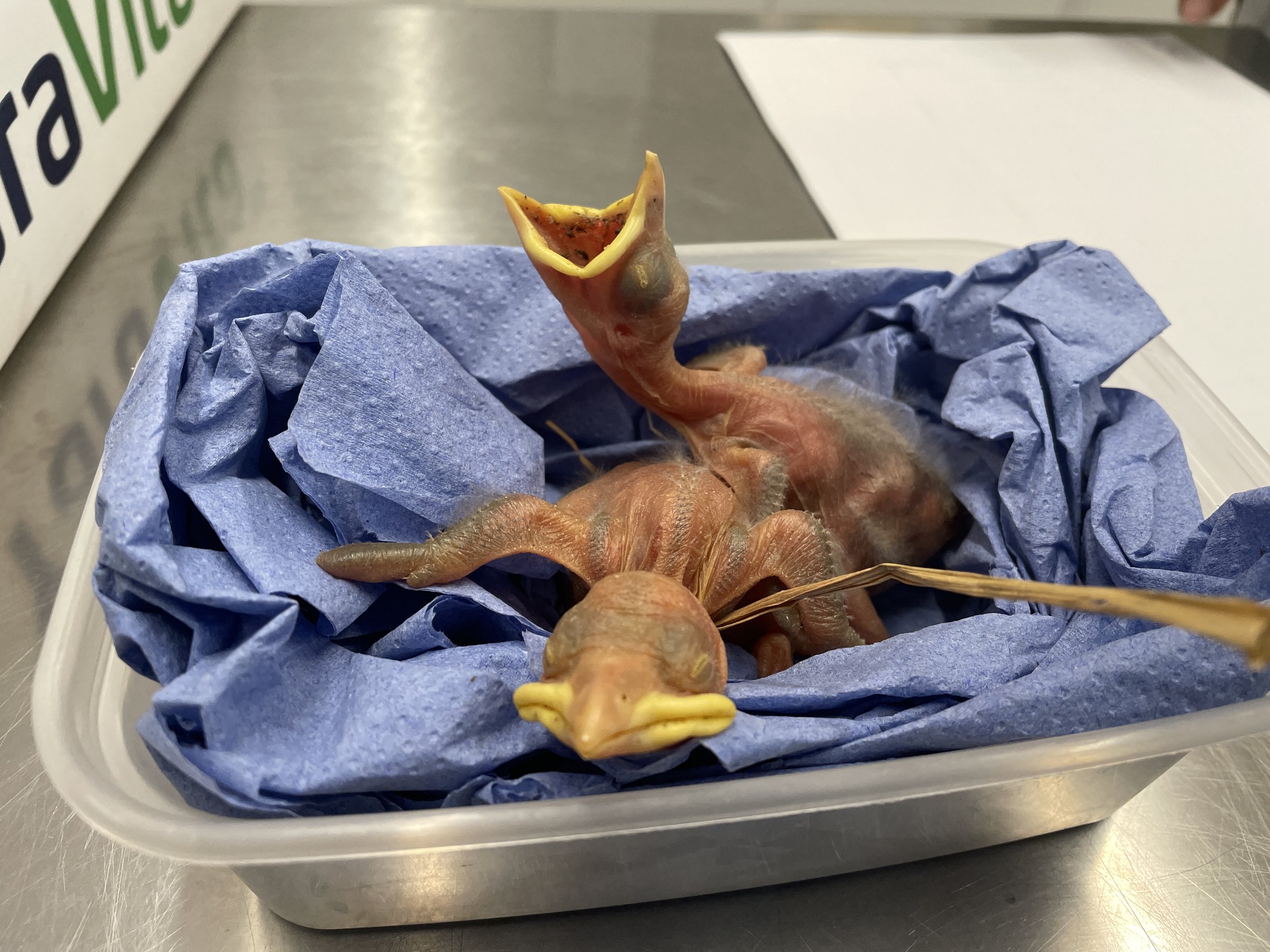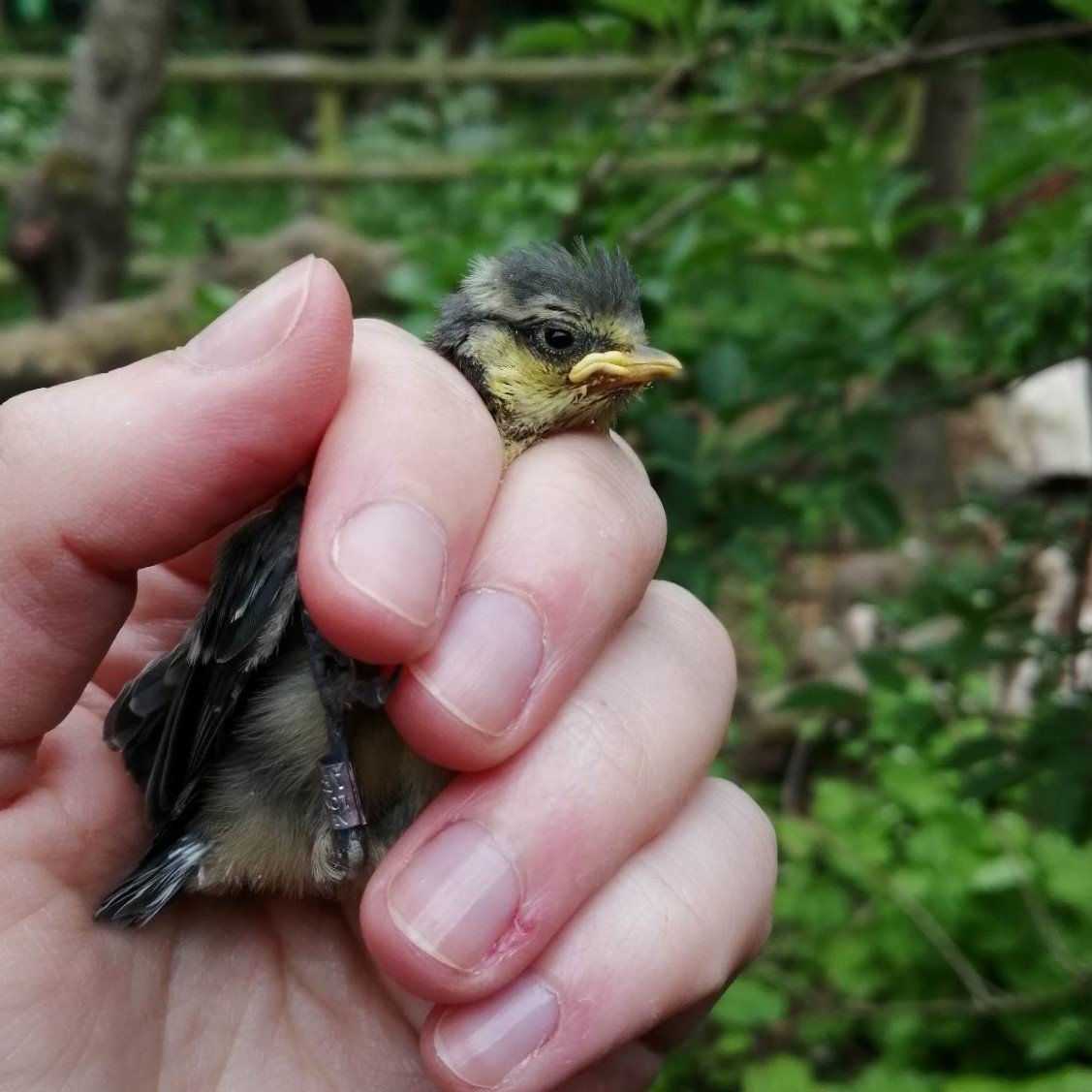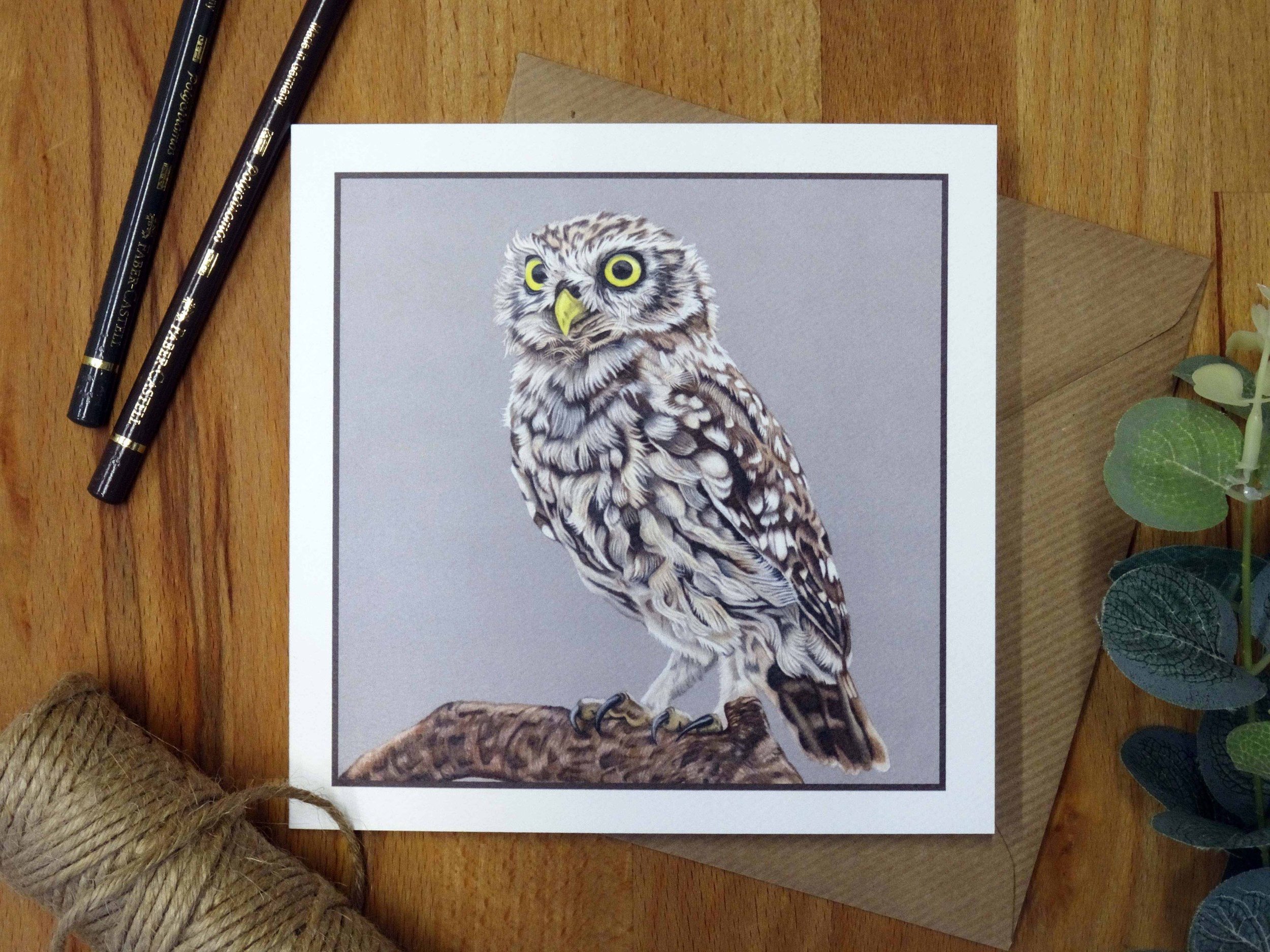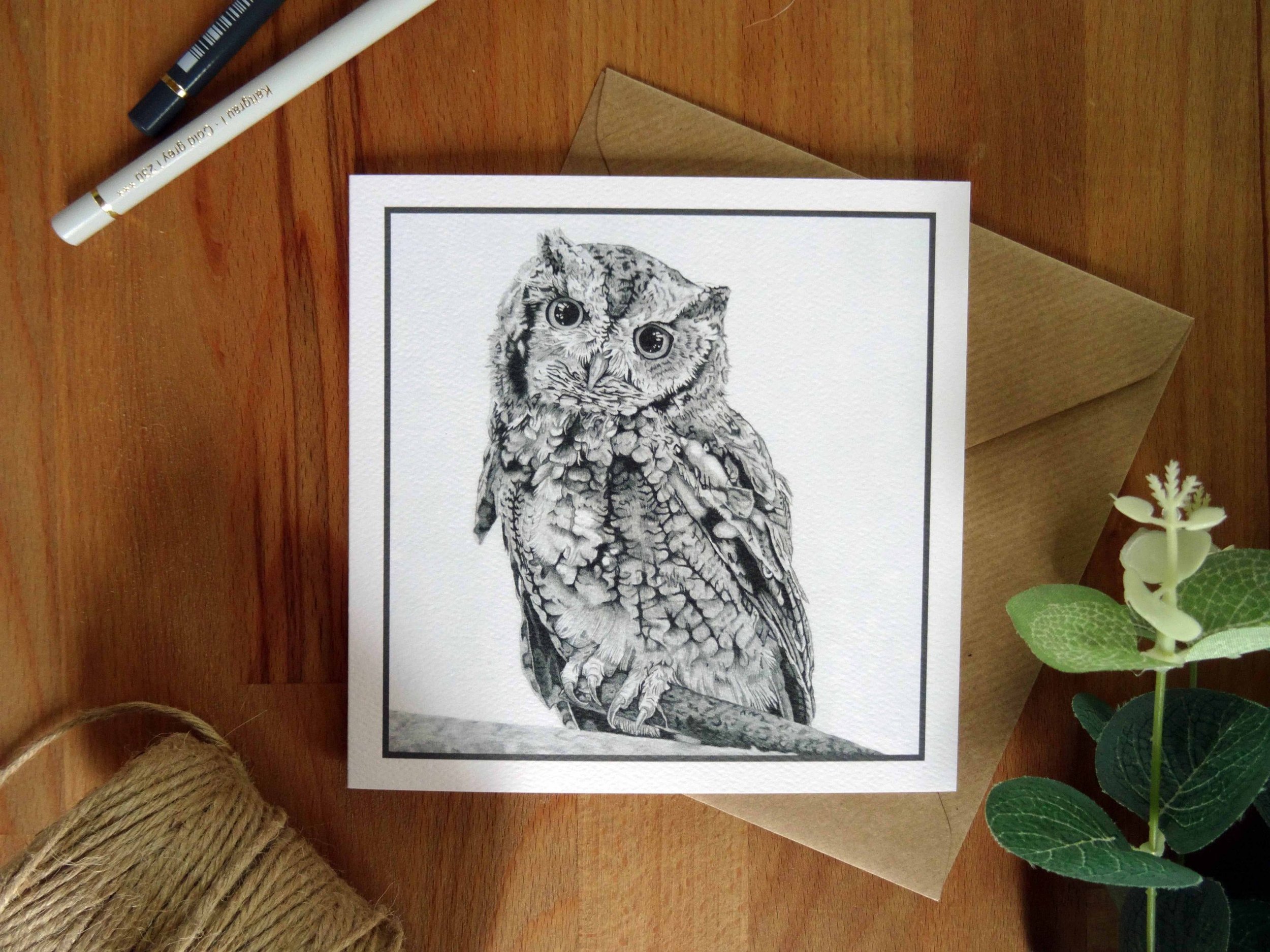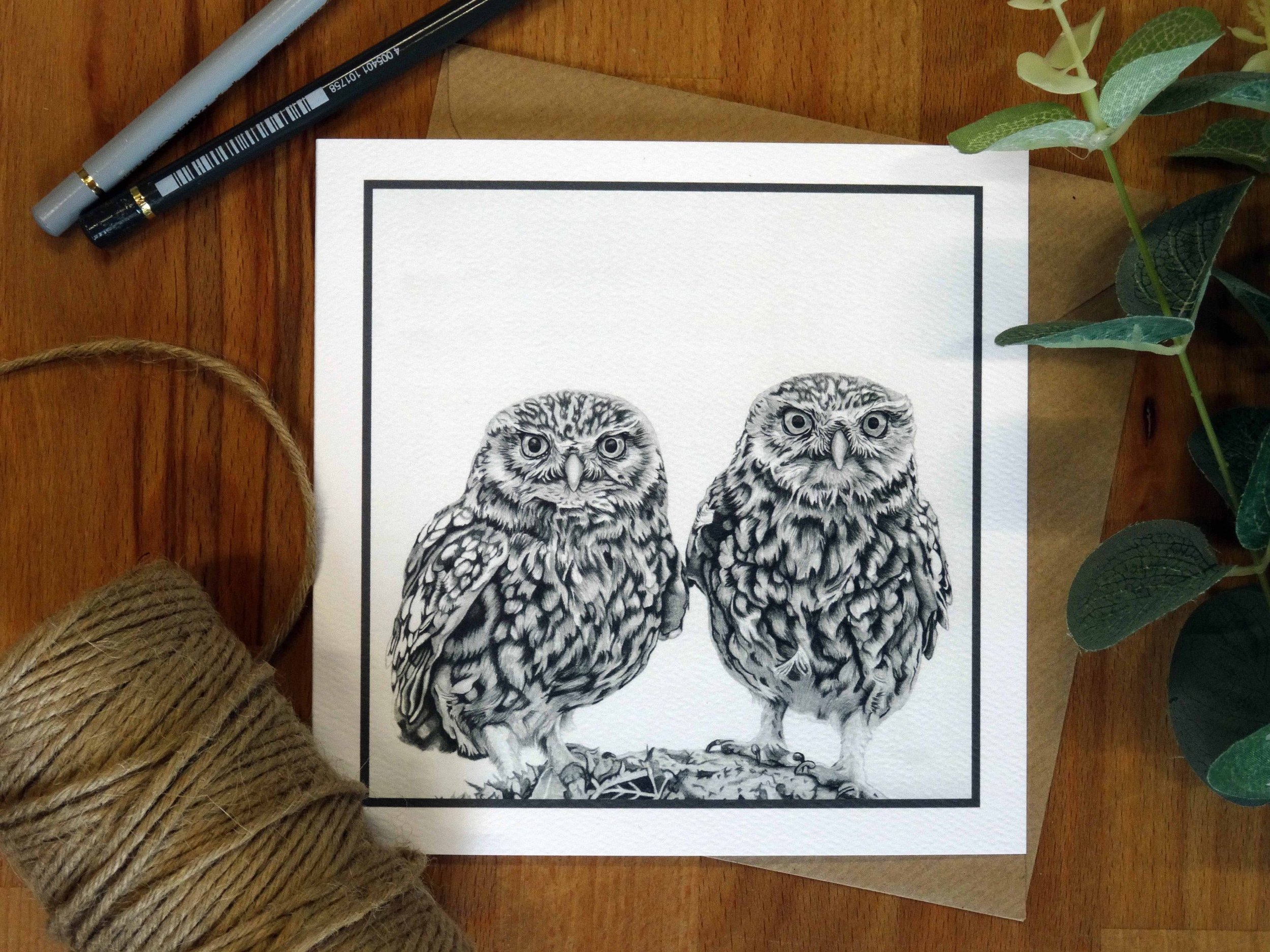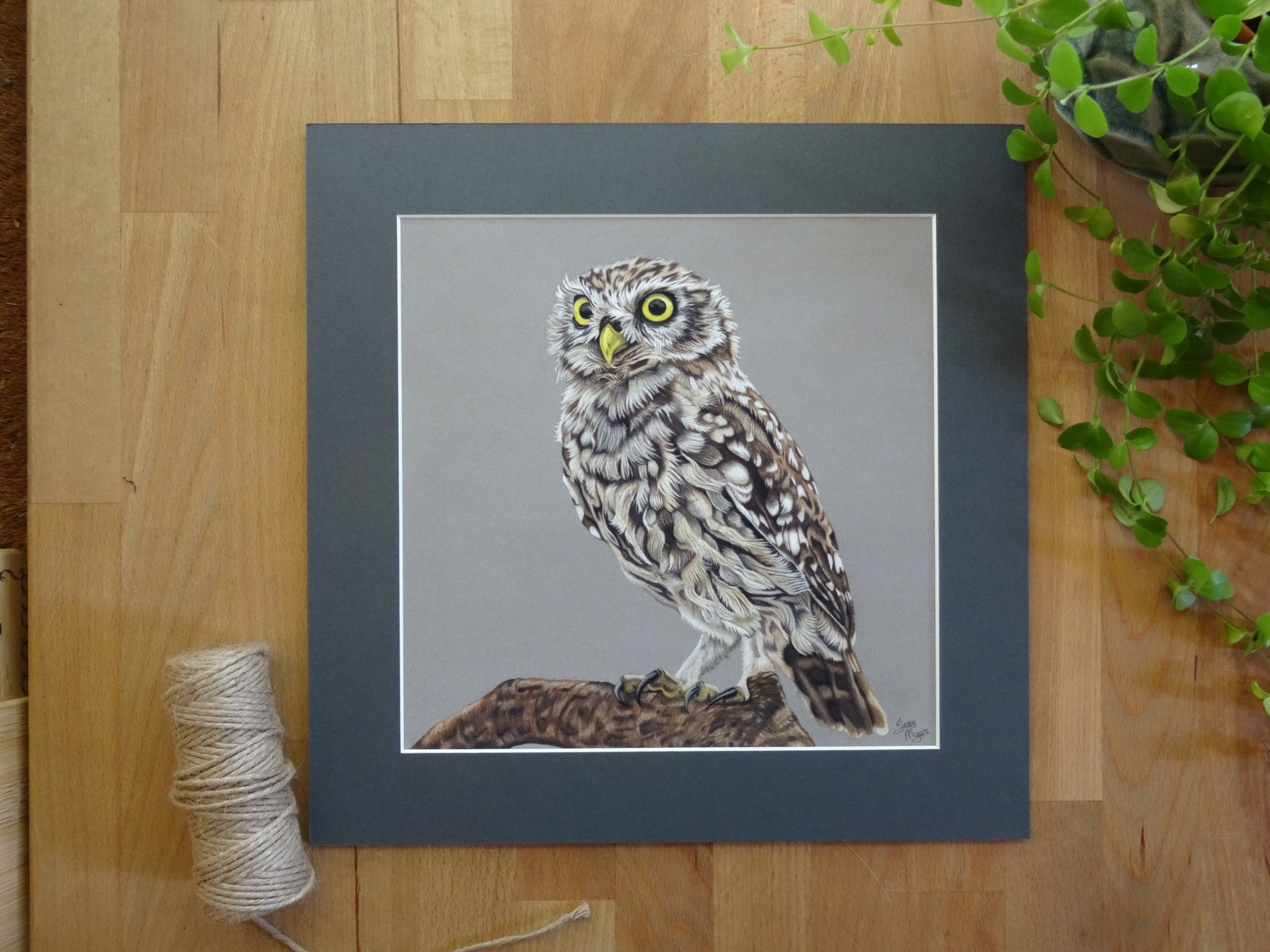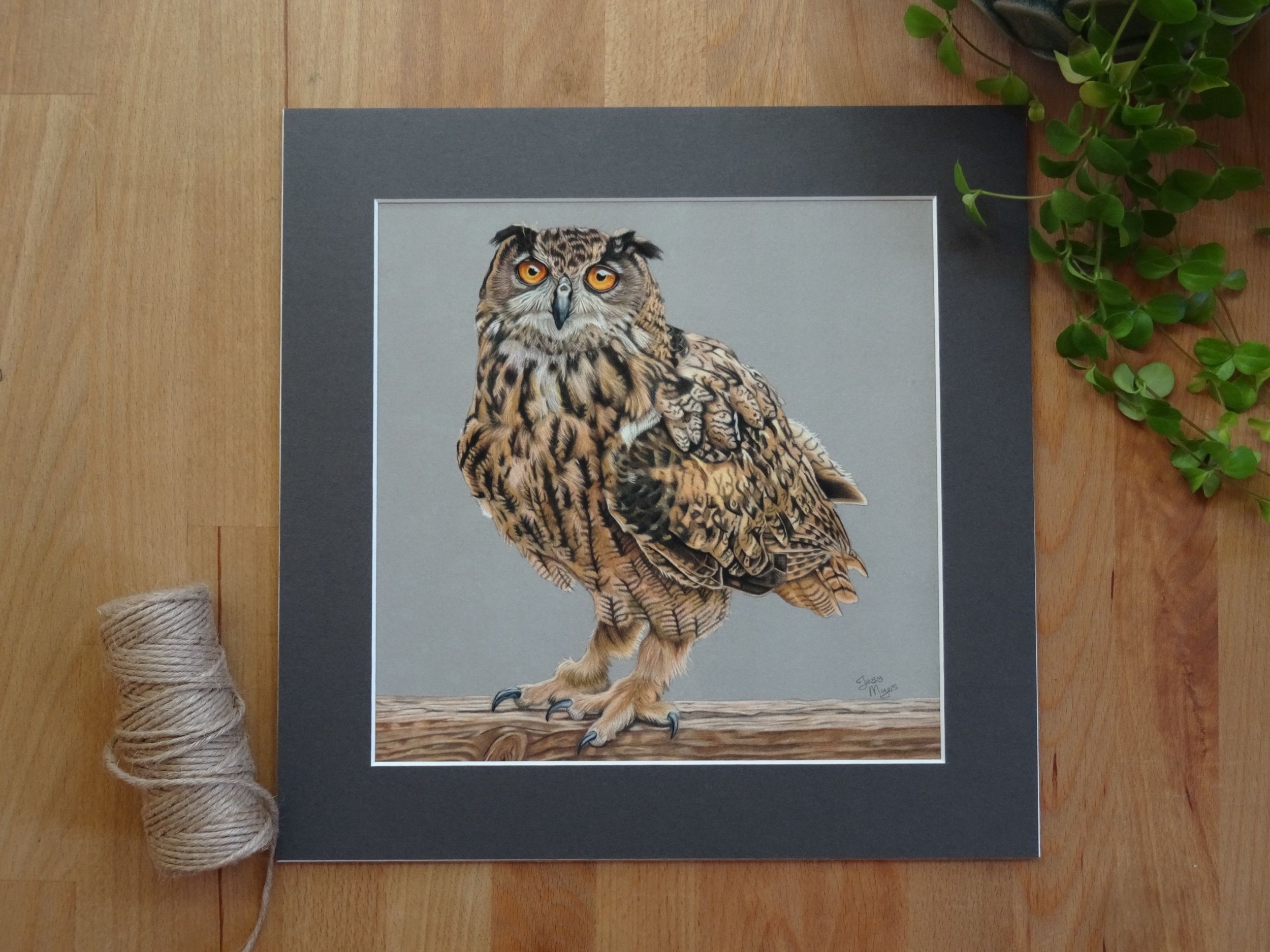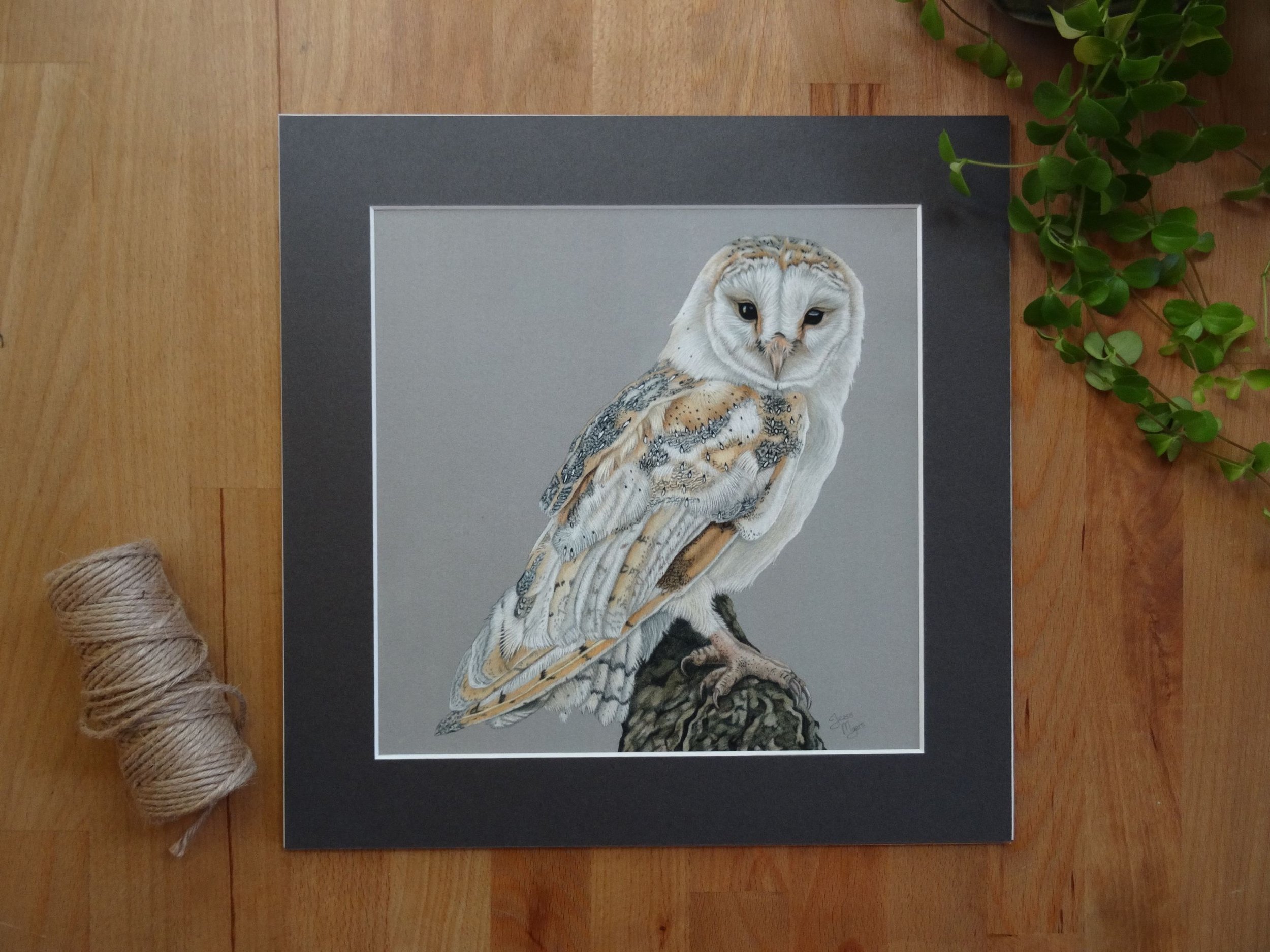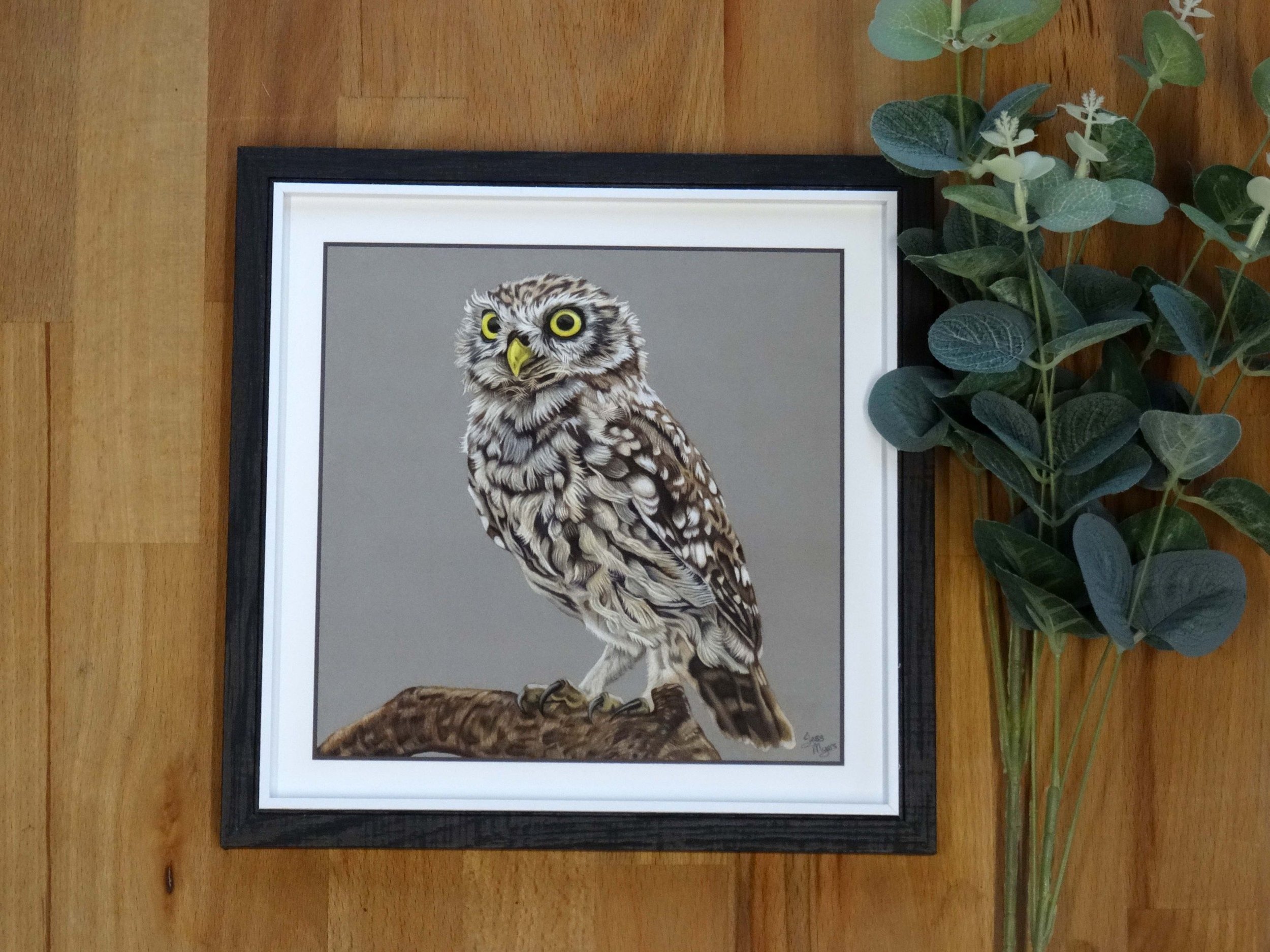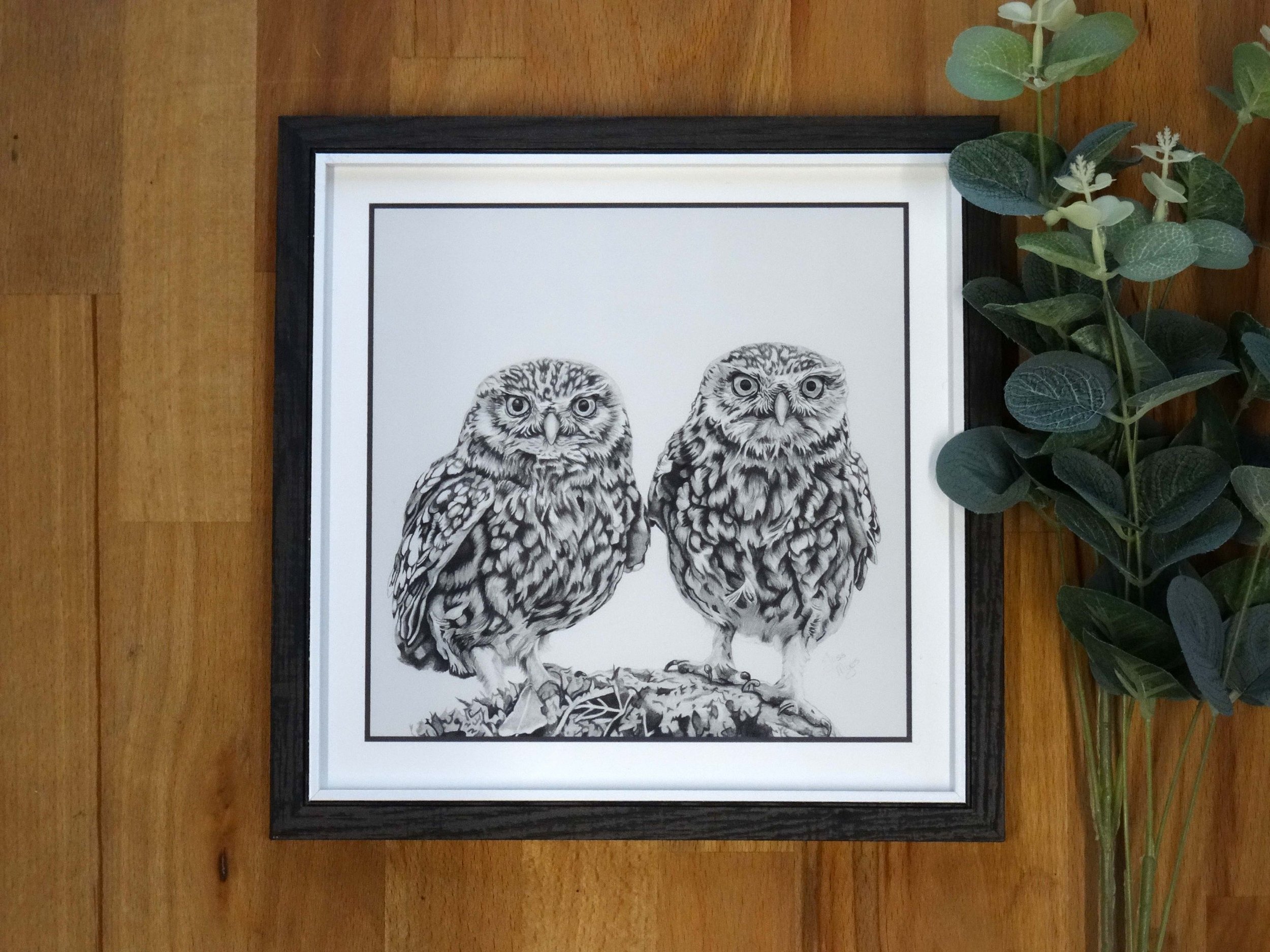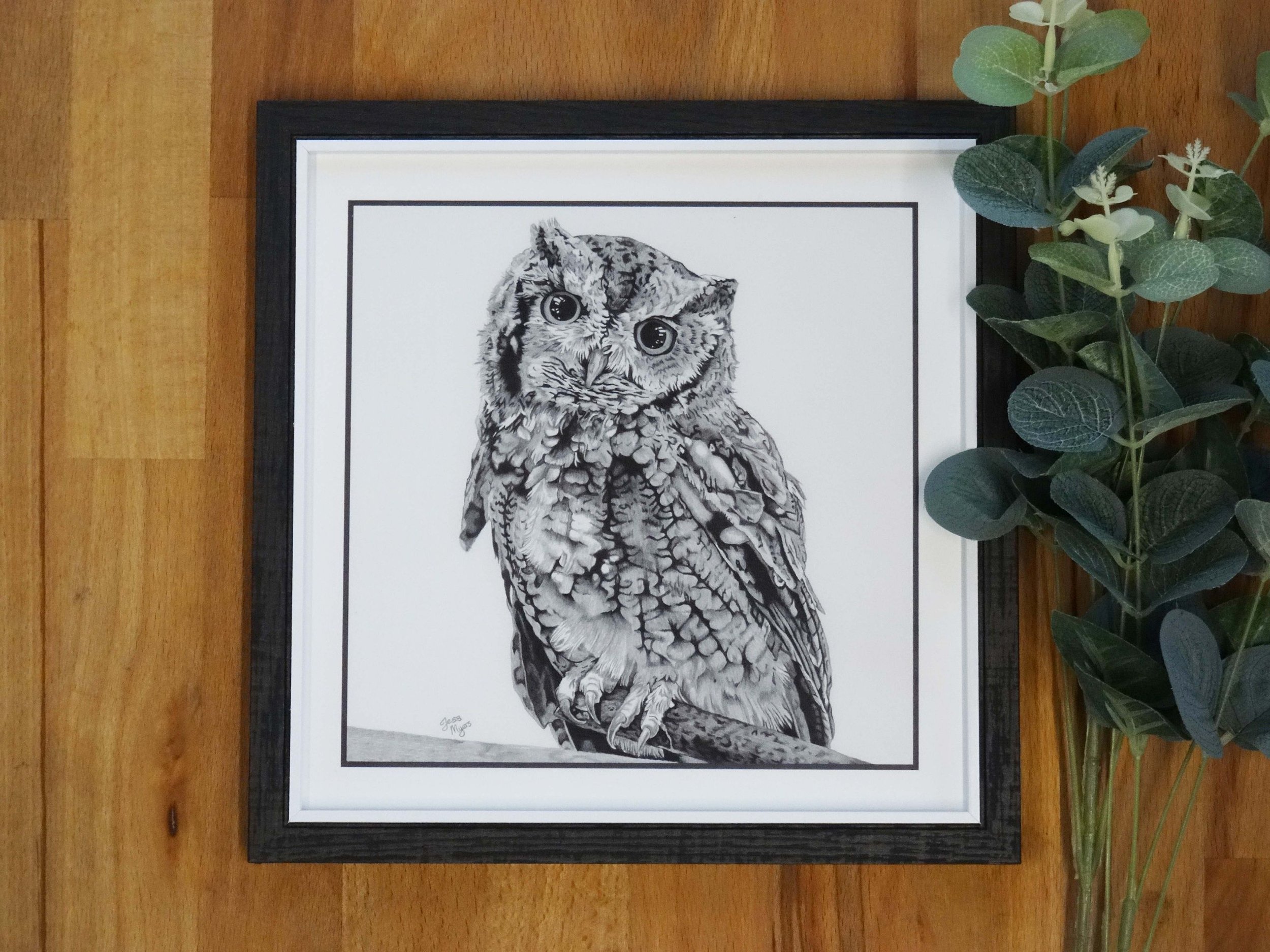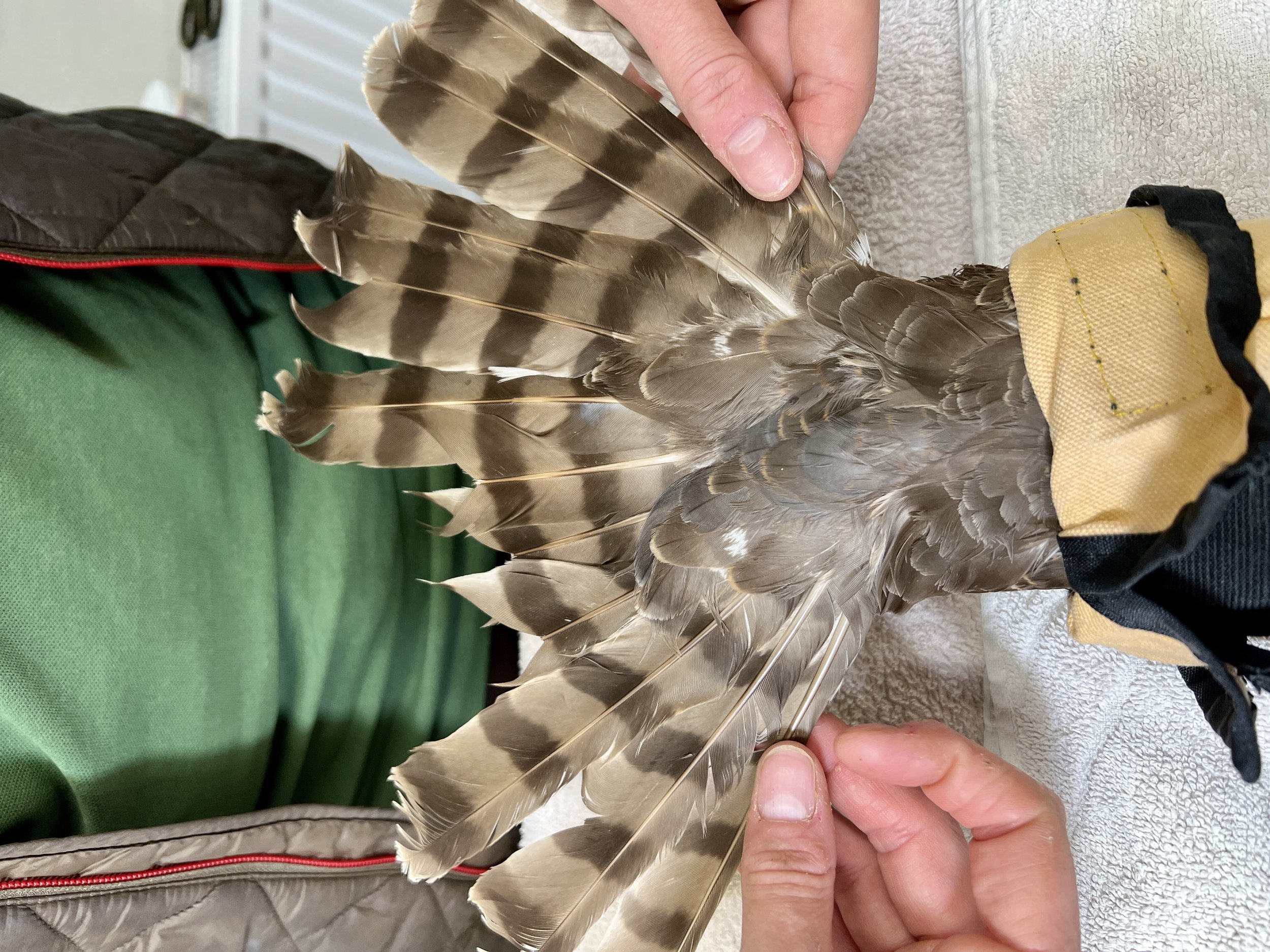This week we’ve been very grateful to two corporate groups of volunteers, who have assisted our teams with a couple of big jobs!
The team from SUEZ, Great Blakenham were tasked with moving our new fencing panels from our compound where they have been stored, into the Woodland Walk, where work is currently ongoing. Steve, Dave, Chris and John spent the day moving the timber, which was a huge help as it meant that our maintenance team could crack on with installing the new fencing.
Moving timber can be hard work, but these guys made it look easy!
The team of 14 from Dervico Sports software department then came in to clear our old composting area. Due to the huge task ahead of them, we agreed to take a larger than normal group, and between them the area was transformed in just one day!
A mountain of a task to clear this area
Job done!
During the clearing, one of the team uncovered a sleepy Hedgehog curled up in a pile of leaves. Thanks to our training from Suffolk Prickles Hedgehog Rescue, we were able to safely move the Hedgehog temporarily while the work was carried out. Named Stig, the male was accommodated in one of our indoor Hedgehog pens for the day, and during this time we know that he had a good wander around before finding a cosy spot in the box to continue snoozing.
At the end of the day, we took Stig, and his box back to the area for release, as there were no health concerns. He was provided with some biscuits for a snack and we hope that he will continue to provide us with a free pest control service by munching on the abundant slugs and snails that live in that area. Even though most of the vegetation has been removed, the team left some around the edges to give Stig some cover, and now that we know he’s there, we will keep an eye open for him before starting any further work in this area.
